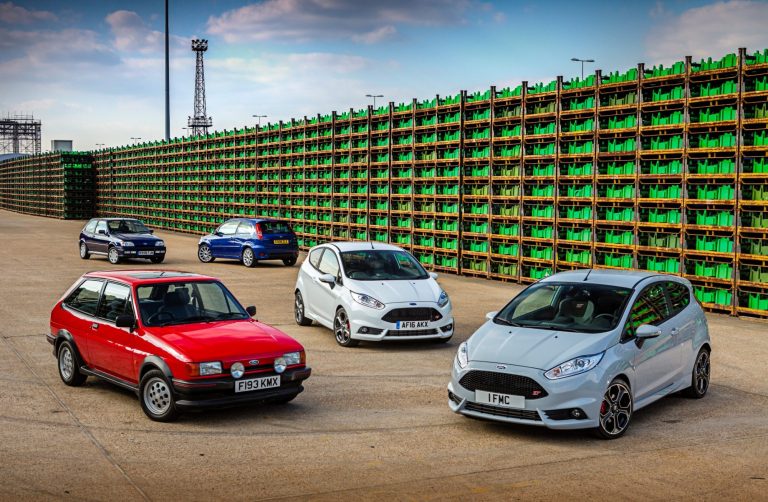
Time To Say Goodbye
Today is the day… Production of the Ford Fiesta will end later on today when the last ever car leaves the production line in Cologne.


Today is the day… Production of the Ford Fiesta will end later on today when the last ever car leaves the production line in Cologne.

Tomorrow is the first of a two-part auction for a collection of 86 cars, all owned by a single individual, hosted by RM Sotheby’s. The
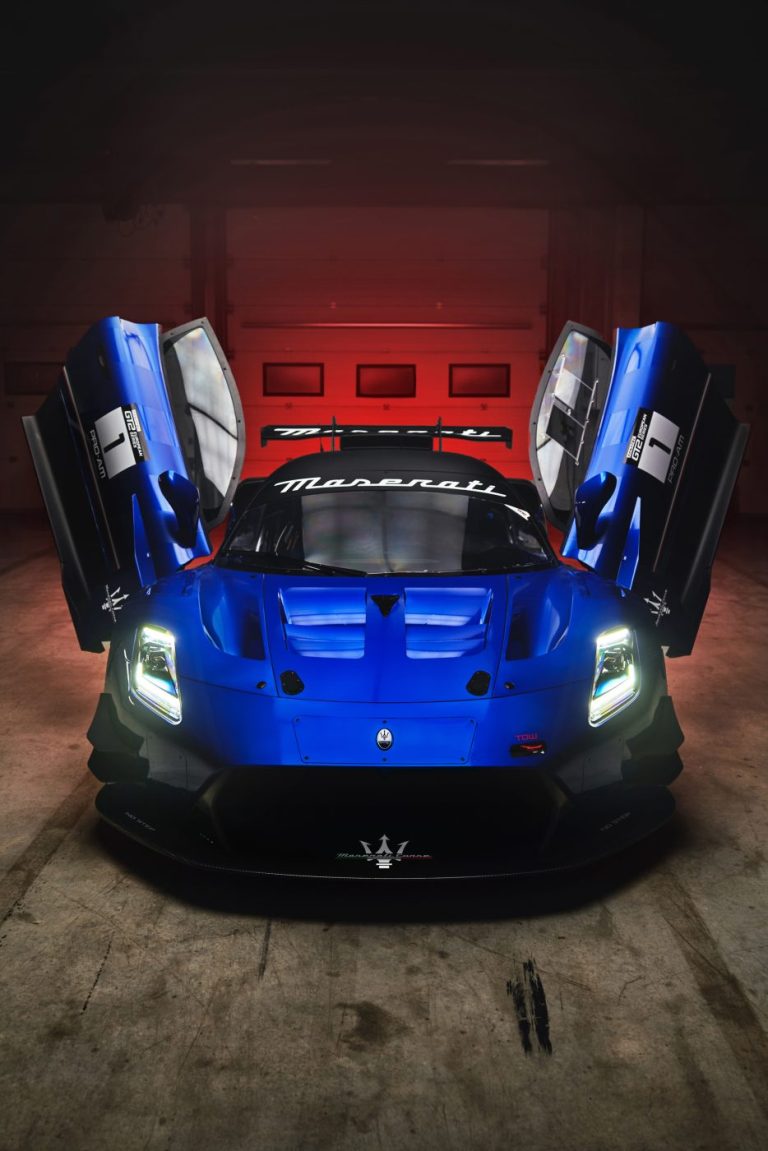
At the 24 Hours of Spa, one of the most anticipated racing events in international motorsport, Maserati revealed its latest track creation, the GT2. Back

In what could easily be confused as a prank, Suzuki made something of a major announcement regarding the future of daily transportation. Suzuki has signed

Earlier today, Maserati introduced the first Fuoriserie Essentials collection. The collection features a special group of cars that have been curated by a chosen team
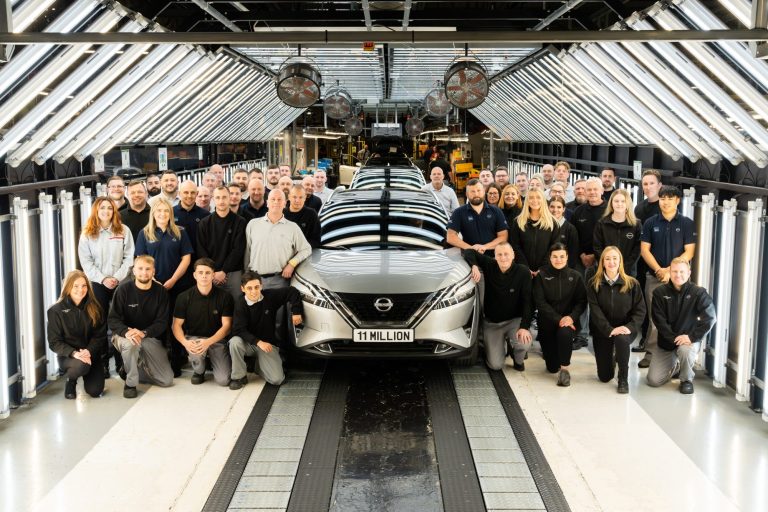
A huge milestone was recently passed by the team at the Nissan Plant in Sunderland, as they have been celebrating the 11 millionth vehicle being
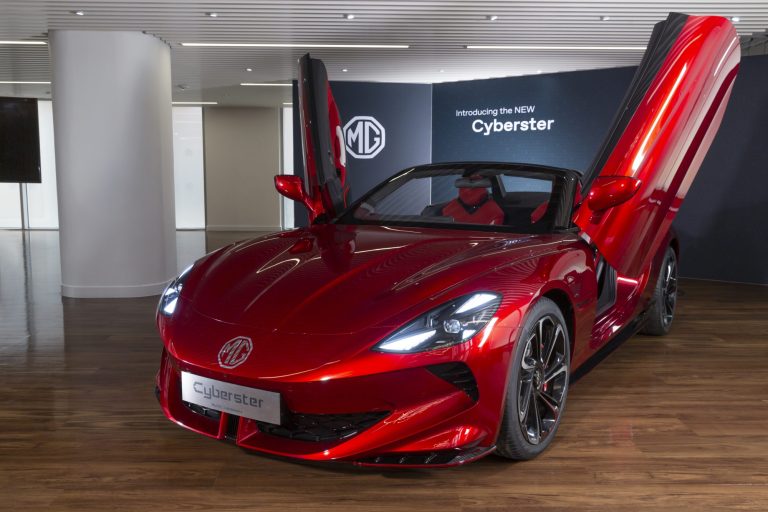
MG hosted a special preview event where the brand showed off a pre-production design model of its brand-new all-electric roadster – The Cyberster. With a
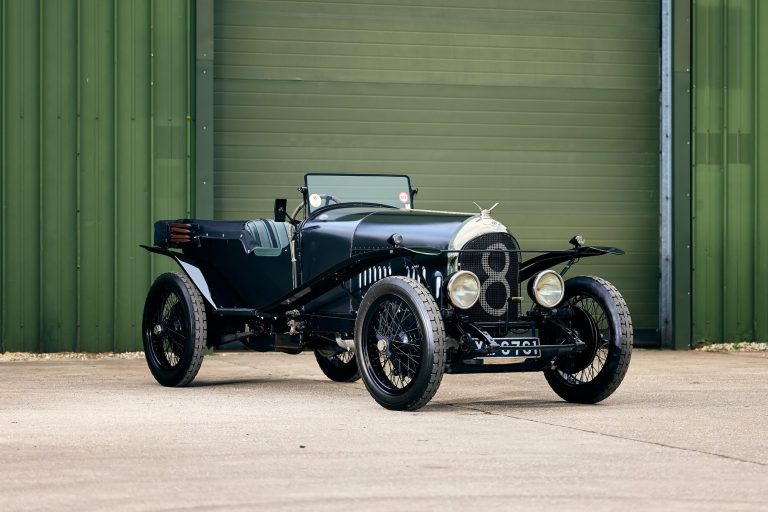
100 years ago, the first Bentley and, in fact, the first British car, competed in the first-ever Le Mans 24-hour race. This Bentley 3-litre has

The brand-new Aston Martin DB12 is here following its unveiling last night. Being advertised as delivering a quantum shift in sporting character and dynamic capability,
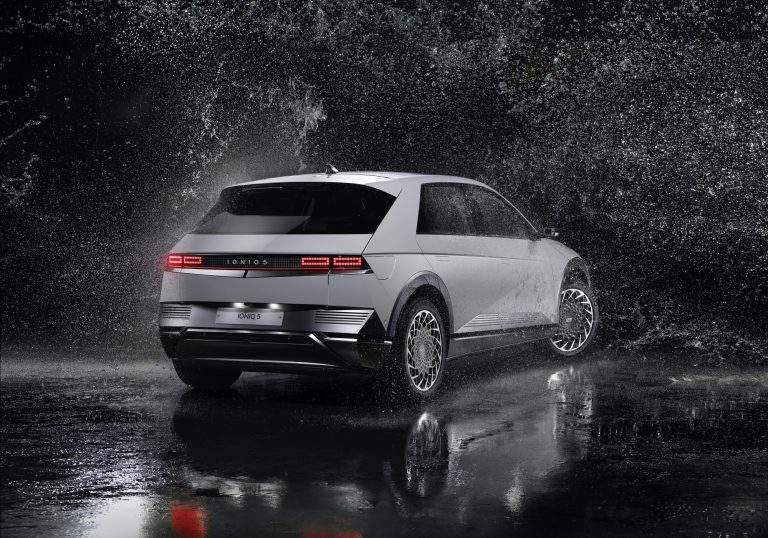
Hyundai has recently made a prototype Ioniq 5 that demonstrates a rather interesting feature – the ability to drive sideways! Coming from Hyundai Mobis, the
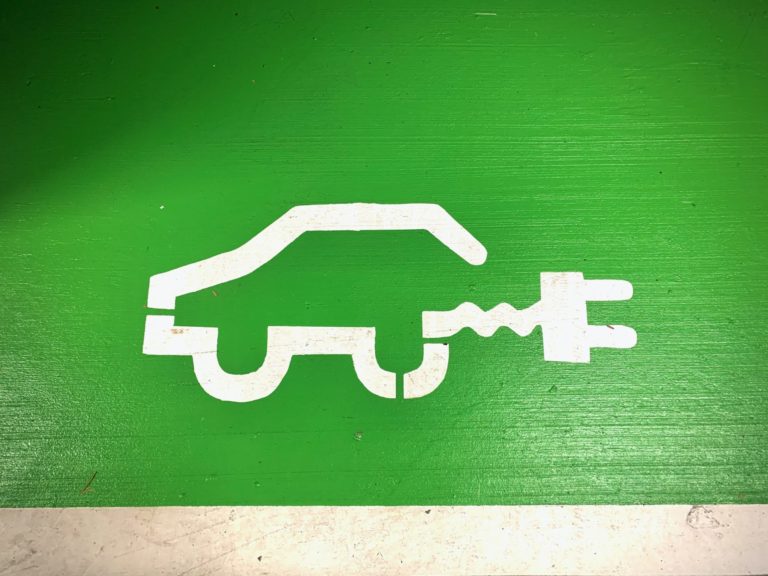
The silver lady may soon be totally electric powered in the form of a possible new model, the Silent Shadow. Rolls Royce has recently released
Today is the day…
Production of the Ford Fiesta will end later on today when the last ever car leaves the production line in Cologne.
The Ford Fiesta has become something of an icon over the years and it is a highly recognisable car. With so many people having owned a Fiesta, been driven around in a Fiesta, or fallen in love with a Fiesta, this news will likely bring a sense of sadness. Fond memories of this little car will be commonplace and it’s hard to not feel that this is the end of an era.
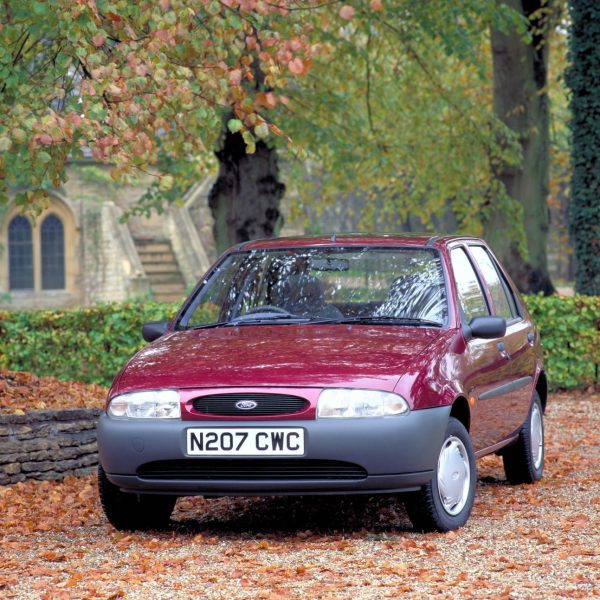
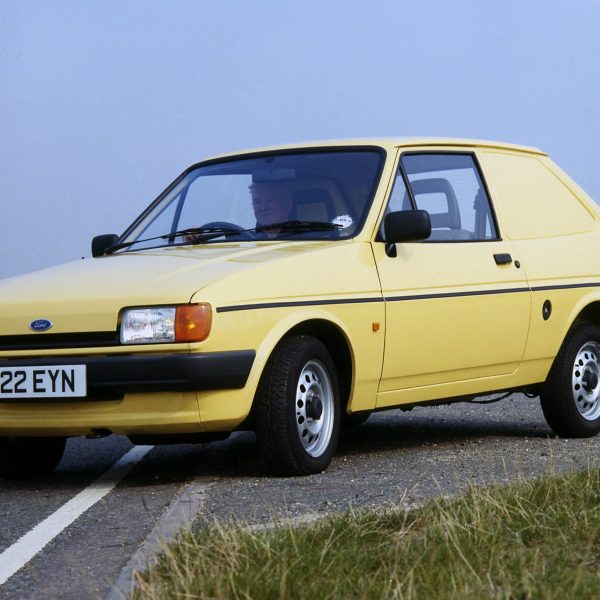
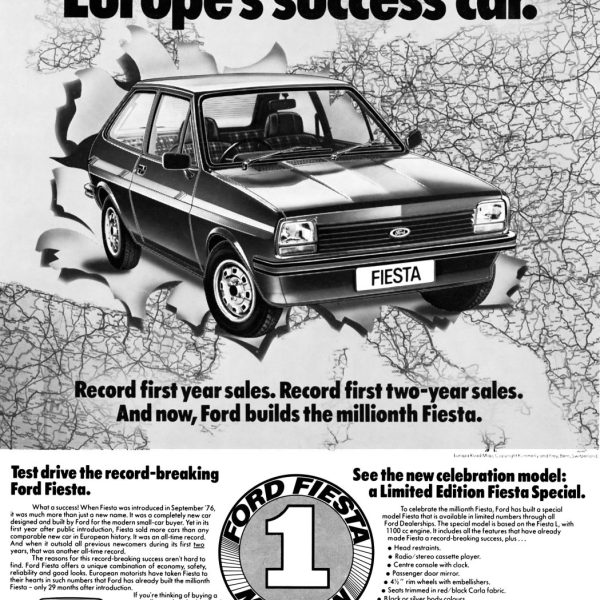
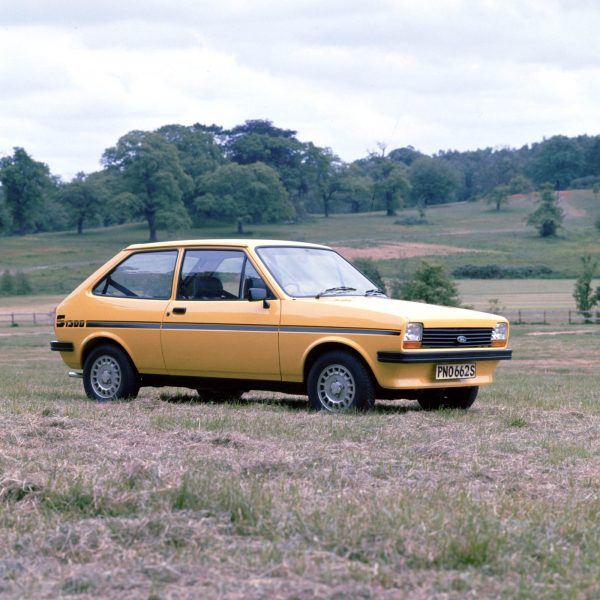
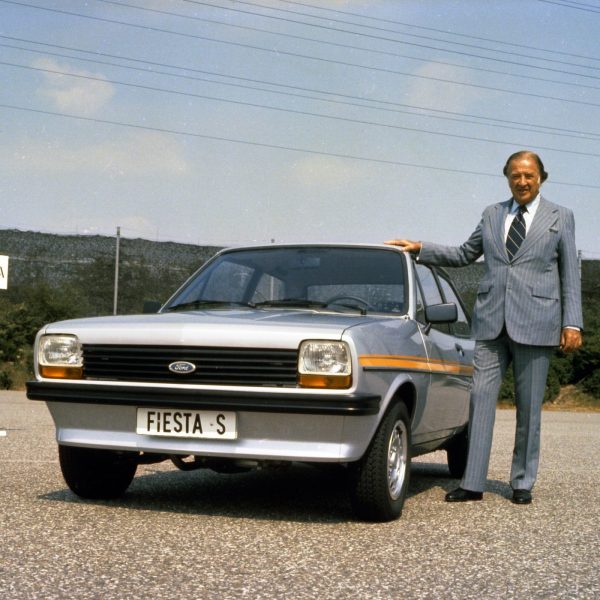
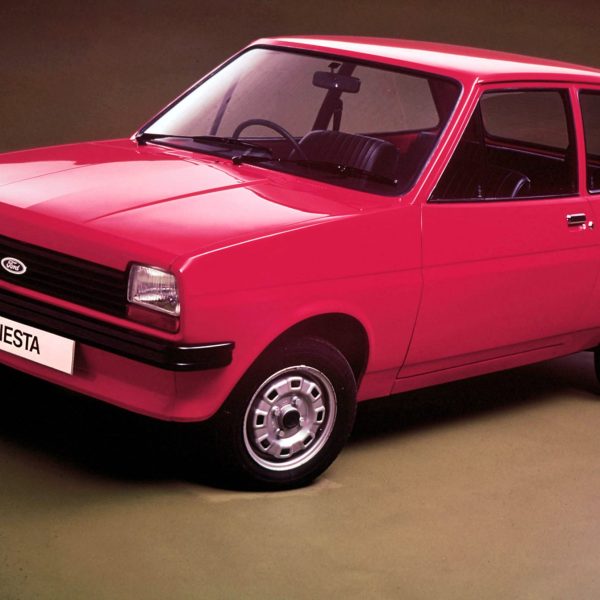
Since production first began back in 1976, the Fiesta has been a hugely popular car and was the best-selling car in the UK for 12 consecutive years from 2009 onwards. Unfortunately, though, Ford is unable to make a profit on it and needs to make room in the factory as they focus on producing an electric vehicle range.
Regardless of the reason, today marks the end of a chapter in automotive history.
Goodbye Ford Fiesta!
Tomorrow is the first of a two-part auction for a collection of 86 cars, all owned by a single individual, hosted by RM Sotheby’s. The majority of the collection is made up of Porsche 911’s which is why this unique group of vehicles has been named – The Carrera Collection.
Part one of this incredible auction will be held in Switzerland at the Hotel Meilenstein in Langenthal on 7 July. All of the cars going up for sale are Swiss-registered and are all offered with no reserve! Tomorrow’s auction will see some impressive vehicles go under the hammer, including a 1973 Porsche 911 Carrera RS 2.7 Touring, which is offered in its original colours of Light Yellow over Black. It is a fully matching-numbers example and is estimated to sell for CHF400,000 – CHF450,000 (approximately £350,000 – £394,000).
If one wasn’t enough, there is actually another 1973 Porsche 911 Carrera RS 2.7 Touring in the collection. This one is finished in the highly-desirable factory-specified colour of Tangerine and specified with Recaro seats. As one of Porsche’s most desirable halo models, it is estimated to sell for CHF350,000 – CHF400,000 (approximately £306,000 – £350,000).
One car that will no doubt capture the attention of Porsche fans is the 1963 Porsche 356 B Carrera 2 2000 GS Coupé by Reutter. An example of Porsche’s first-ever production model, it is finished in a factory-correct colour combination of Ivory White over black leatherette. After an extensive seven-year restoration, the estimated sale price is CHF360,000 – CHF450,000 (approximately £316,000 – £394,000).
Another incredible Porsche to be offered in tomorrow’s auction is the 1963 Porsche 356 B by Reutter. This one comes in a rare Carrera 2 ‘Sunroof’ Coupé specification and was restored in 2012 by a 356-specialist workshop in Italy. Estimate – CHF350,000 – CHF450,000 (approximately £306,000 – £394,000).
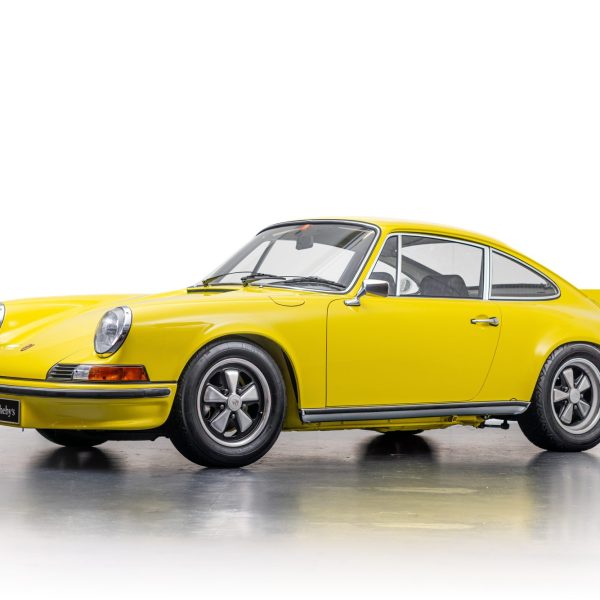


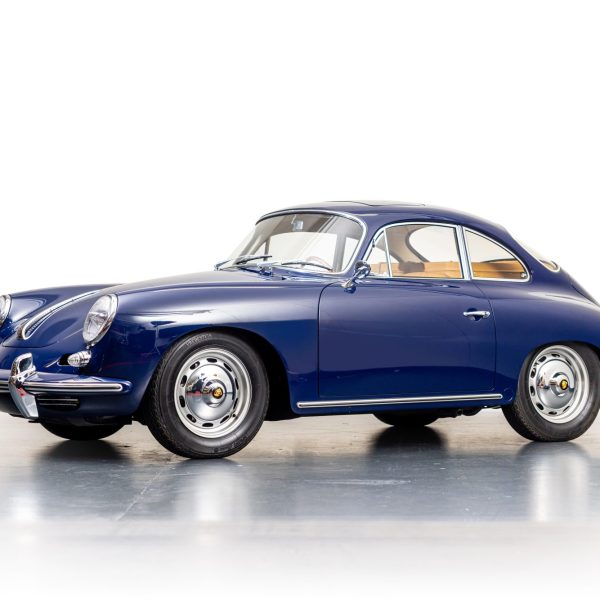
Oliver Camelin, Director of Sales, Switzerland said, “It is incredibly rare that a collection of Porsches of this quantity and quality comes to market. It features a wide and exceptional cross-section of 911s, many of which boast rare specifications or are limited-edition cars. With all cars offered across both the sales with no reserve, this is an exciting opportunity for Porsche enthusiasts.”
It isn’t just road cars that will be up for grabs either. One particular highlight comes in the form of a 1995 Porsche 911 GT2 Evolution. This one comes with an extensive history file that includes FIVA and ACI technical passports. As the highest-performance version of the air-cooled era of the 911, and undergoing a rebuild in the mid-2010s by Rennsport of Reggio Emilia, Italy, estimates are CHF350,000 – CHF450,000 (approximately £306,000 – £394,000).
Tomorrow’s sale will also feature three BMW Z8 Roadsters and two Alpina V8 Roadsters, six 911 Speedsters of different eras, three 911 S’s, three 356’s, two 2.7 RS Tourings, three 911 Turbos, and four GT3 RSs from different generations.
Part two of The Carrera Collection sale will be held on 12th July at Sotheby’s Milan, Italy. This will be for the European Union-registered cars in the collection. One of the cars that will be offered is a 1959 Porsche 356 A Carrera 1600 GT Coupé by Reutter, which is offered with period competition history with class wins at the 1959 Pontedecimo-Giovi and Aosta-Pila hill climbs. It also comes with period photographs, Kardex document, FIVA assessment book, and past registration documents, and it is estimated to sell for between €400,000 – €500,000 (approximately £342,000 – £427,000)
Another attention-grabbing vehicle in the Italian line-up is a 1997 Porsche 911 Turbo S Prototype. It has the final and most technologically advanced air-cooled 911 Turbo engine, and was a factory prototype with more than 30 optional extras including a sunroof, heated racing-style sport seats, and a period Motorola 2200 car phone. Estimate – €300,000 – €400,000 (approximately £256,000 – £342,000).
A 2010 Porsche 911 GT2 RS will also be available. With less than 7,500 kilometres on the clock, the car features a 3.6-litre flat-six paired with a six-speed manual gearbox which certainly makes for a passionate driving machine. Estimate – €240,000 – €280,000 (approximately £205,000 – £239,000).
One car that is expected to be extremely popular is a 1989 Porsche 911 Speedster that comes in paint-to-sample Elfenbein with colour-matched Fuchs wheels, and has an estimate of €150,000 – €200,000 (approximately £128,000 – £171,000).
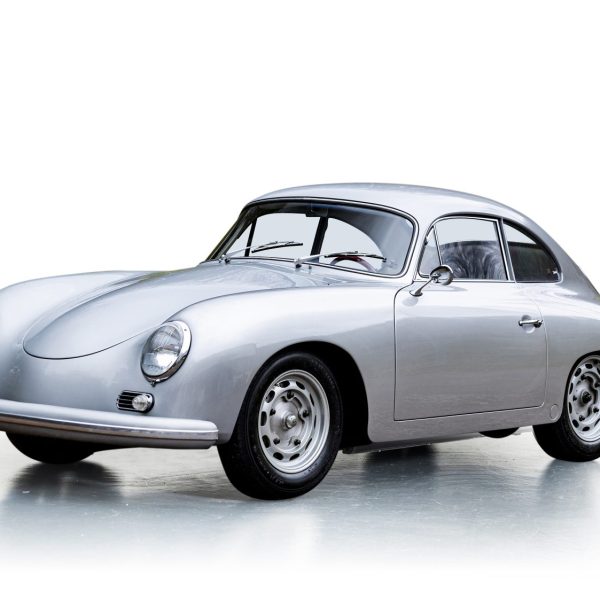



The Italian sale includes six 911 Ss, four 356s, four Porsche 911 Targas, and seven 911 Turbos from differing generations.
Full details can be seen at RM Sotheby’s.
At the 24 Hours of Spa, one of the most anticipated racing events in international motorsport, Maserati revealed its latest track creation, the GT2.
Back in March, Maserati announced that the shakedown process had begun on this exciting machine. Since then, the car has gone through a series of intensive tests and it is now ready to bring the brand back to GT competitions. After the MC12’s domination of the track between 2005 and 2010, the GT2 is looking to recreate this success.
The Maserati GT2 is a beautiful mix of Maserati’s past, present, and future, as it draws on the legacy of the MC12. It also looked to the racing version of the MC20 super sports car by taking the already exceptional 463-kW/621-hp Nettuno V6 engine, and pushing its limits even further; all of this with the aim of driving the car into the motorsport history books by writing a new winning chapter.

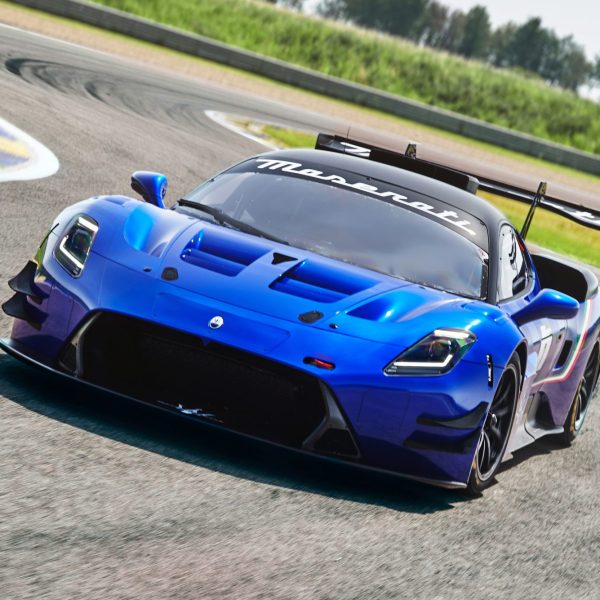
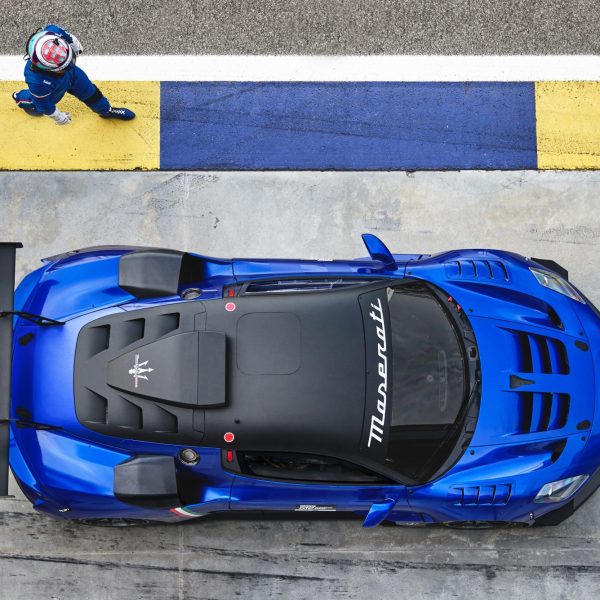

Maserati designed and built the GT2 in dedication to private teams and gentleman drivers. The brand says it is a masterpiece of performance that combines history, innovation, and sporting attitude. All of these have always seemed to characterise Maserati cars, for both track and road. The plan for the GT2 was for it to take part in championships or individual events reserved for the GT2 class. The Maserati GT2 will make its track debut in the final stages of the 2023 Fanatec GT European Series, and is due to participate in the entire 2024 season.

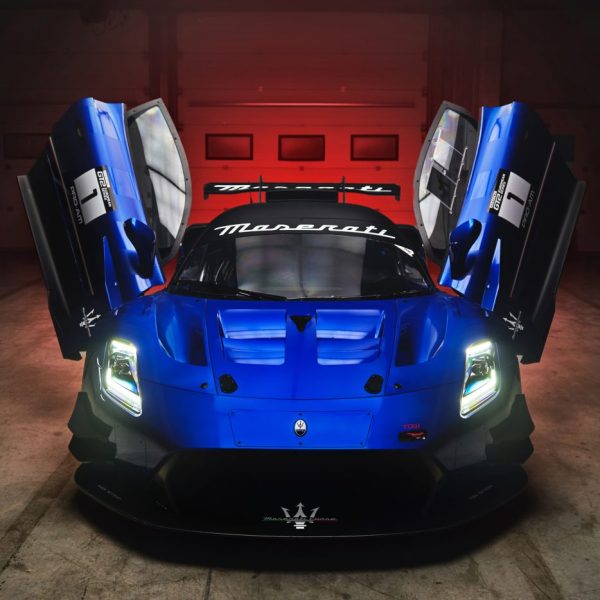
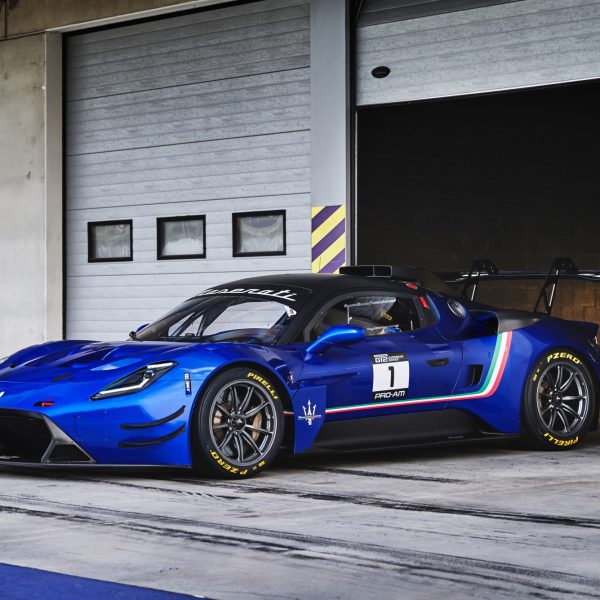

Davide Grasso, Maserati CEO, said: “Our DNA and our spirit have always lain in racing. Our story began and developed from the track to the road. The decision to return to track racing forms part of a thorough strategic framework, inaugurated this year with the debut in Formula E, to which we have now added our return to the world of GT competitions. Now more than ever we want to rekindle and nourish that competitive passion that has always characterised and motivated us to achieve major milestones”.
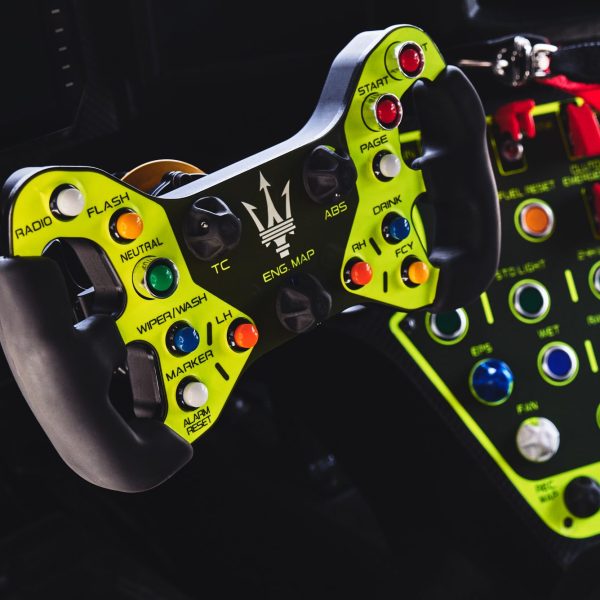
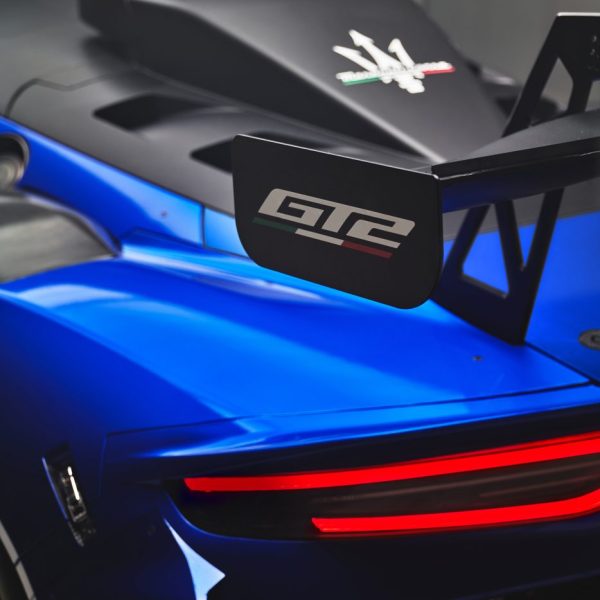

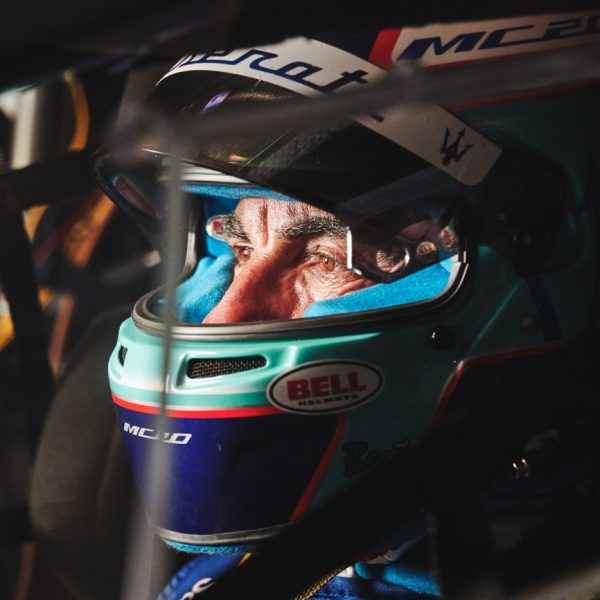
With this impressive creation, Maserati celebrates its return to the world of GT competitions. Thanks to the collaboration of the Maserati Innovation Lab, the Centro Stile Maserati and the technological excellence of the Maserati dynamic simulator, the Maserati GT2 will no doubt be a force to be reckoned with when it gets on the track.
Vehicle
Dimensions
Chassis
Brakes
Engine
Drive train/transmission
Suspension
Wheel & tyres
Bodywork
Cockpit
Optional extras (further information and options will be supplied at a later stage)
In what could easily be confused as a prank, Suzuki made something of a major announcement regarding the future of daily transportation.
Suzuki has signed a basic agreement with SkyDrive that brings the two companies together in a collaboration to manufacture flying cars. To make this happen, SkyDrive will establish a 100% owned subsidiary to manufacture the flying cars, while both Suzuki and SkyDrive will make use of a plant owned by the Suzuki Group in Shizuoka Prefecture, with the aim to start manufacturing the airborne motors around Spring 2024. Suzuki will also cooperate with SkyDrive’s manufacturing subsidiary in preparing for the start of manufacturing, including securing of human resources. Both companies are still in discussions about other specific terms.
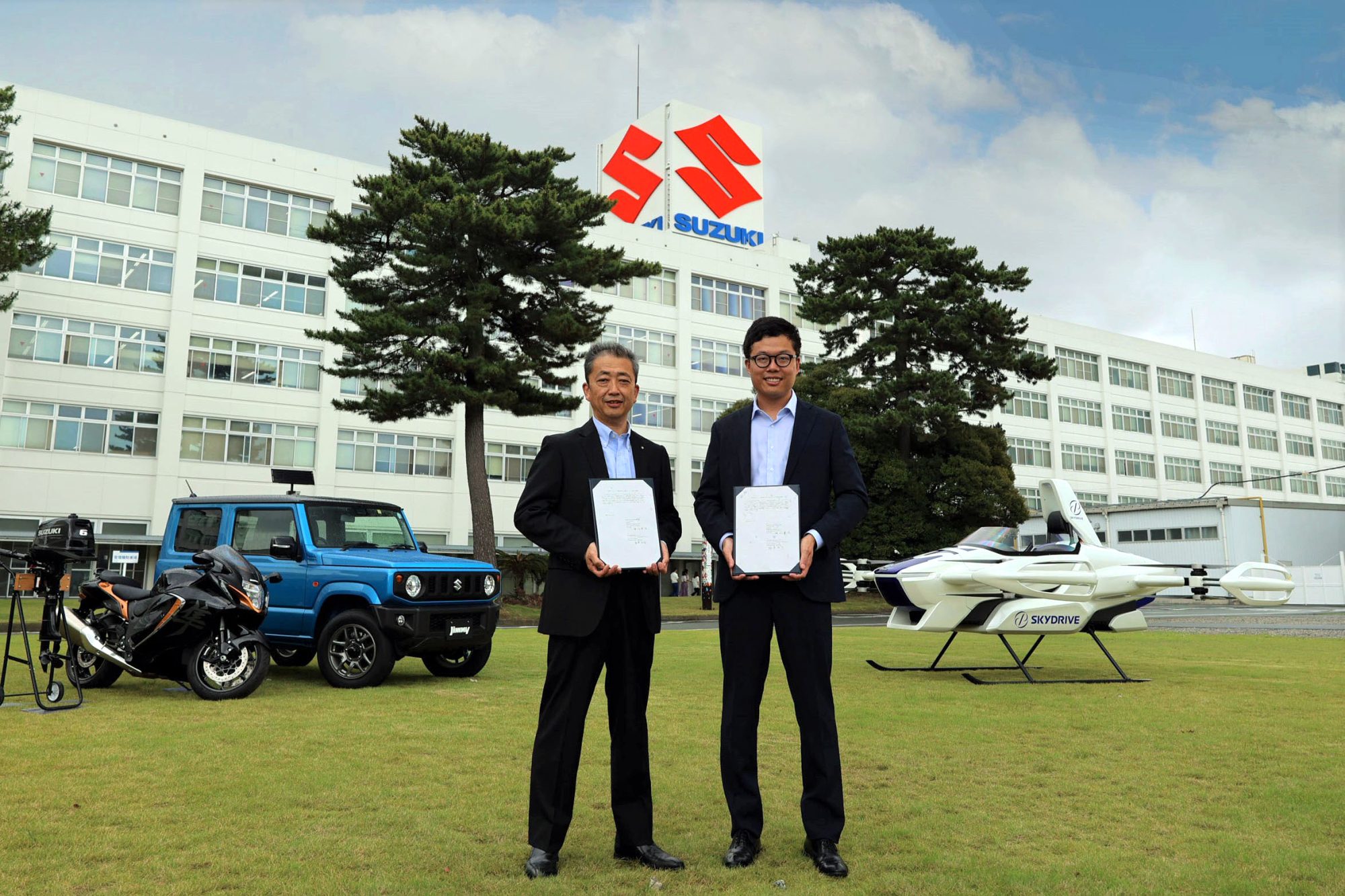
The President of Suzuki said: “I’m very excited to be working together with SkyDrive. We will make ambitious strides toward the development of products of superior value so that we can contribute to the realisation of air mobility, which utilises the sky for daily transportation.”
Earlier today, Maserati introduced the first Fuoriserie Essentials collection. The collection features a special group of cars that have been curated by a chosen team of tastemakers and friends of Maserati. The global brand ambassador, David Beckham, designed this debut collection which has the aim to inspire car lovers to put their own personality and personal touch into their vehicles making each unit the ultimate Italian luxury sports car.

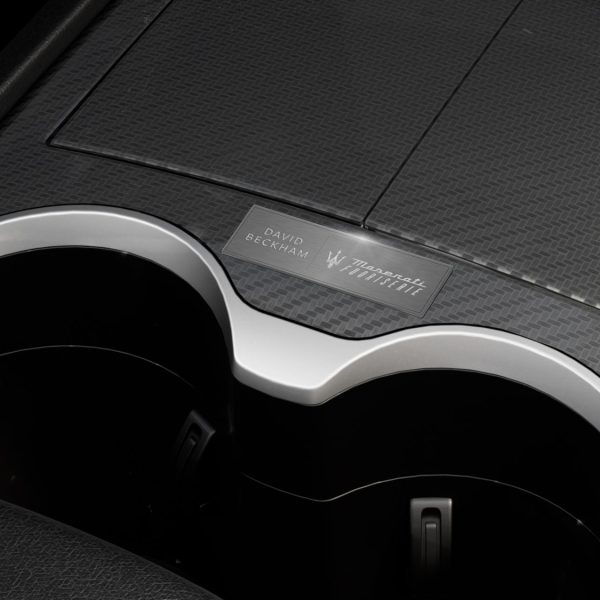
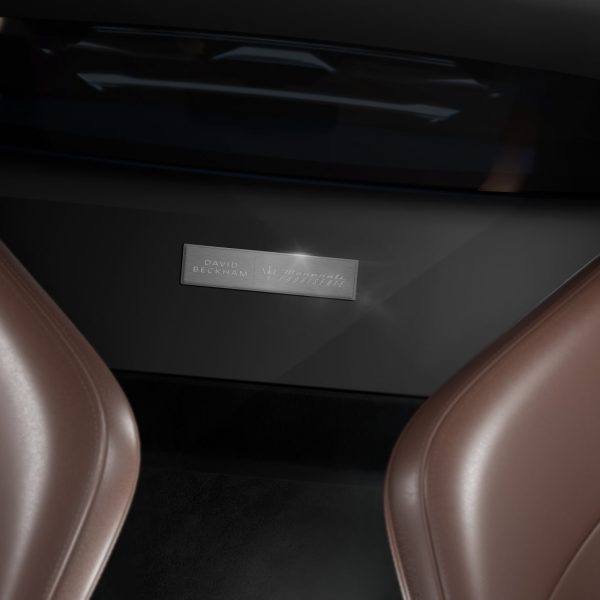
Two distinctive cars are in the Fuoriserie DB Essentials collection and come from David Beckham’s Savile Row wardrobe and his love and interest in classic Maseratis. The first car in the DB range, inspired by the 1967 Maserati Ghibli Coupe is finished in ‘Night Interaction’ Blue with a tan-shade leather interior.



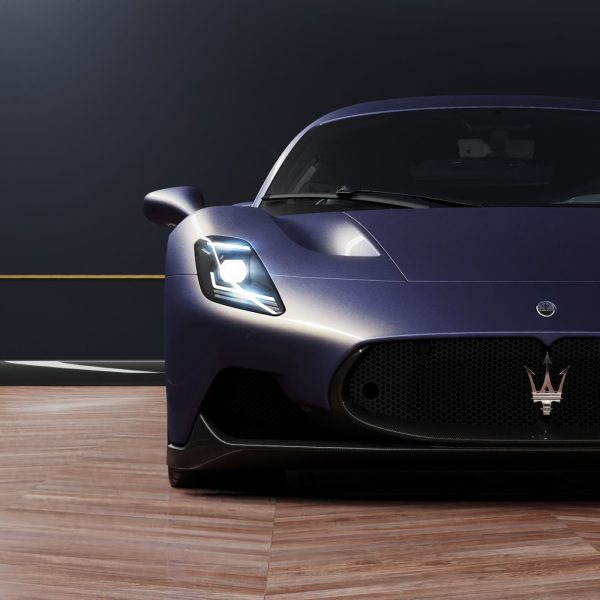
The second car pays tribute to the 1986 Maserati Quattroporte Royale, which was only produced in 51 units and has been painted ‘Verde Royale’ (dark green) with a warm brown leather interior. Each of these special vehicles includes an exclusive metal plate celebrating the collaboration between Maserati and David Beckham which can be applied to the central tunnel between the front seats or between the two headrests.
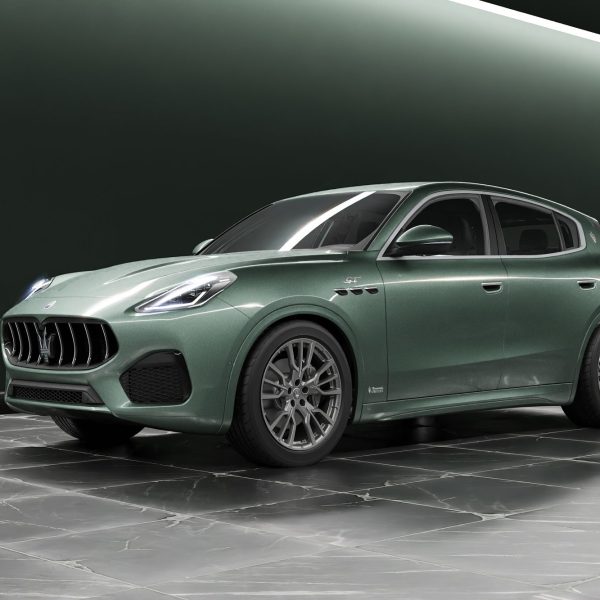
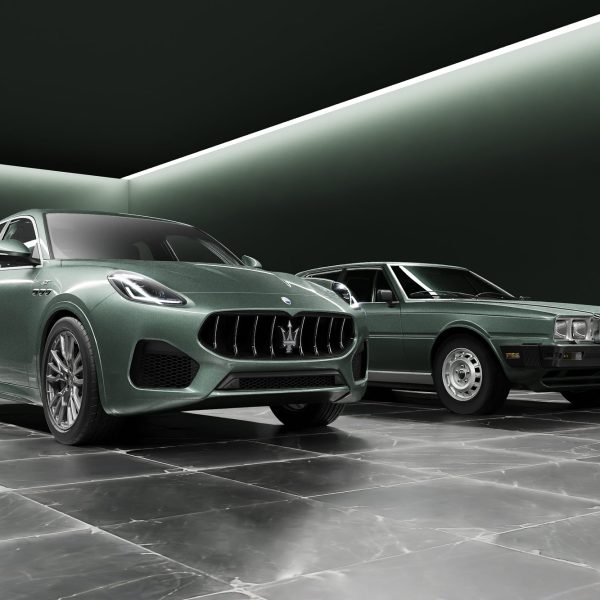
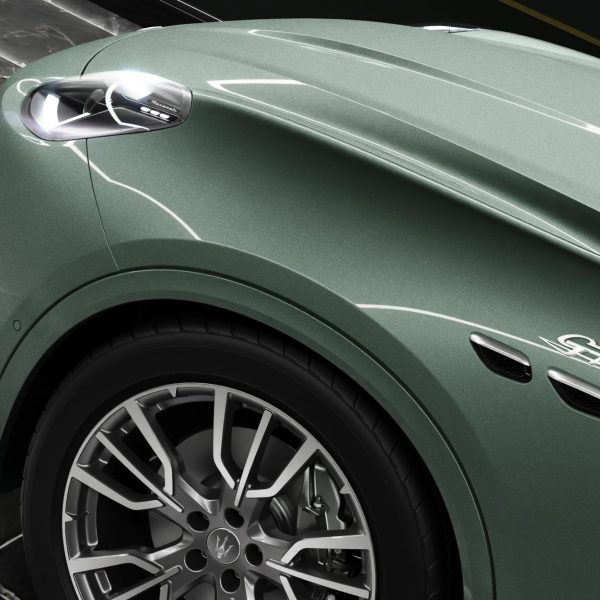

Klaus Busse, Maserati’s Head of Design said “Fuoriserie means “custom-built” in Italian, and our Trident’s customization program is conceived to create singular experiences for our clients. Our wish here is for them to express their personality and passion by creating their very own Maserati. Just like David, everyone can choose from a wide range of personalization features from our Fuoriserie Corse collection, inspired by Maserati’s glorious racing heritage, and from our Fuoriserie Futura collection, dedicated to lovers of technology and new materials,”
Both Fuoriserie DB Essentials configurations are now available upon request on the MC20 super sports car, combining performance, sportiness and luxury to its racing soul, and the new ‘everyday exceptional’ SUV Grecale, striking the right balance between versatility, elegance and performance.
A huge milestone was recently passed by the team at the Nissan Plant in Sunderland, as they have been celebrating the 11 millionth vehicle being built there, since production started in 1986. As car number 11 million leaves the factory, this means that, on average, a new car has been built every 2 minutes for the last 37 years!
The incredible achievement was reached when a Blade Silver Qashqai e-POWER, one of three electrified models currently built at the plant, rolled off the line. Each one of these cars takes about 8.5 hours to build. In comparison, the very first car built at the plant in 1986 was a Nissan Bluebird and took around 22 hours to produce.
Nissan Sunderland’s mammoth car production numbers were achieved through the building of nine different models, with 22 variants. Four of these models – Qashqai, Micra, Primera, and Juke have all surpassed seven-figure production numbers. In fact, the Qashqai was the UK’s best-selling new car in 2022 with more than four million being built.
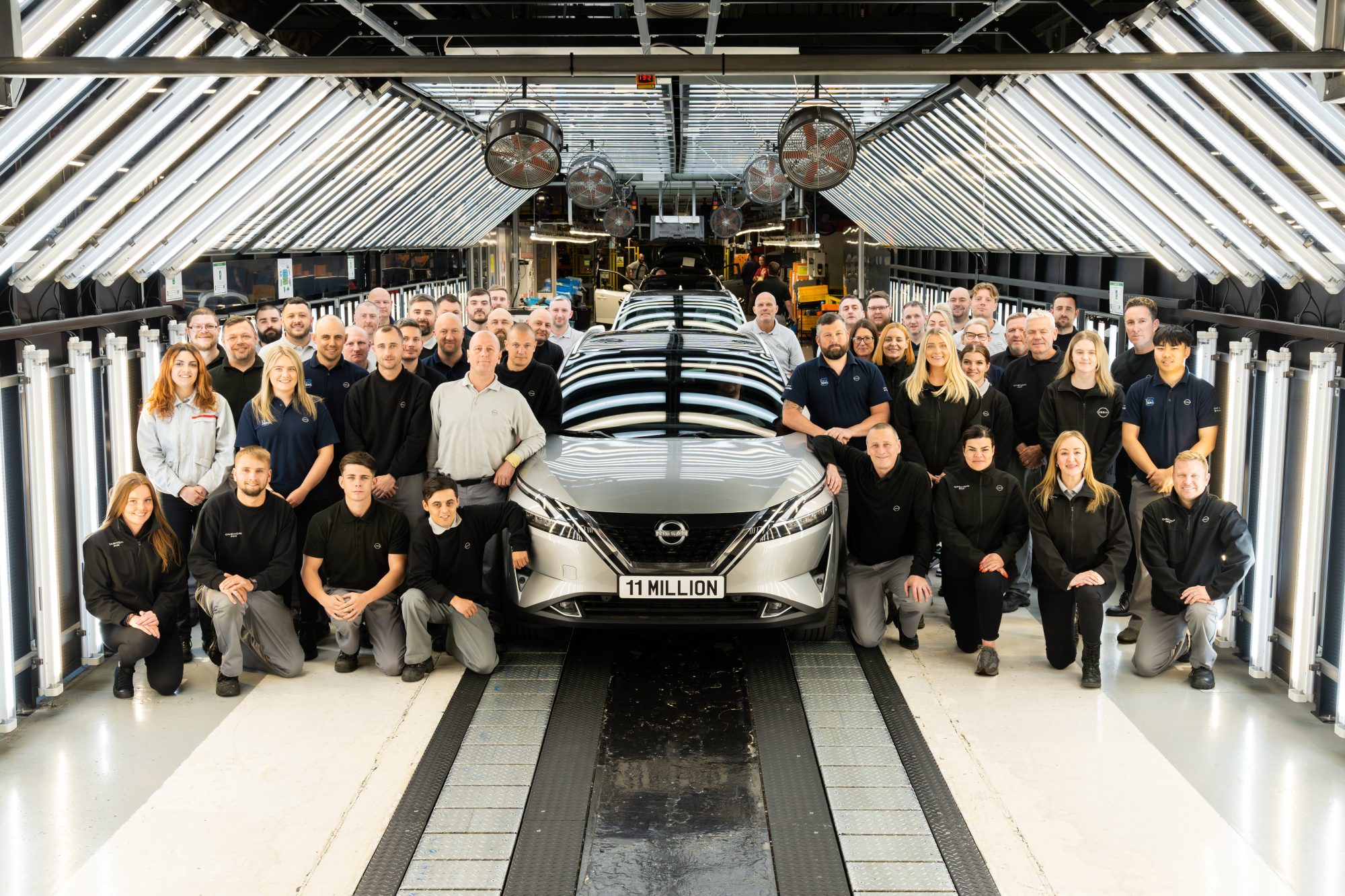
6000 people work at the Sunderland Plant where around 5 million parts arrive at the facility every day! Nissan also supports 30,000 UK jobs in the supply chain.
The Qashqai e-POWER and the Juke Hybrid both began production at the Sunderland Plant last summer and, already, 50,000 Qashqai e-POWERs have been made along with 20,000 Juke Hybrids. To make sure this incredible level of production is maintained, the plant is moving forward with its EV36Zero project, which consists of three main elements: a new electric vehicle, a 12GWh gigafactory with the company’s battery partner Envision AESC, and a microgrid to deliver 100% renewable energy to Nissan and suppliers.
Adam Pennick, Vice President, Manufacturing, at Nissan Sunderland, said: “This milestone reflects the vast experience that our world-class manufacturing team has in delivering the quality cars that our customers love.”
“We’ve come a long way since production first started with some iconic models on the way. But we’re always looking forward, and our fully electrified range and EV36Zero plan mean we have an exciting and sustainable future ahead.”
| Model | First produced | Last produced | Total made |
| Bluebird | 1986 | 1990 | 187,178 |
| Qashqai | 2006 | Ongoing | 4,059,516 |
| Micra | 1992 | 2010 | 2,368,705 |
| Primera | 1990 | 2007 | 1,483,059 |
| Juke | 2010 | Ongoing | 1,295,011 |
| Almera | 2000 | 2006 | 642,420 |
| Note | 2006 | 2016 | 676,438 |
| Infiniti | 2015 | 2019 | 76,166 |
| LEAF | 2010 | Ongoing | 263,405 |
MG hosted a special preview event where the brand showed off a pre-production design model of its brand-new all-electric roadster – The Cyberster. With a release expected in the summer of 2024, a new chapter in the MG story is being written as the iconic manufacturer returns to its roots with this exciting new sports car.
The Cyberster made its debut at the event held at the MG Motor UK headquarters in Marylebone, London. It was there that advanced design director, Carl Gotham and team – who played a key role in creating the Cyberster – introduced the model for the first time.
Carl said “It is a special moment for all of us who have played a part in designing this unique car. The Cyberster will offer MG customers a striking, all-electric roadster which will be as exciting as MG sports cars of the past.”

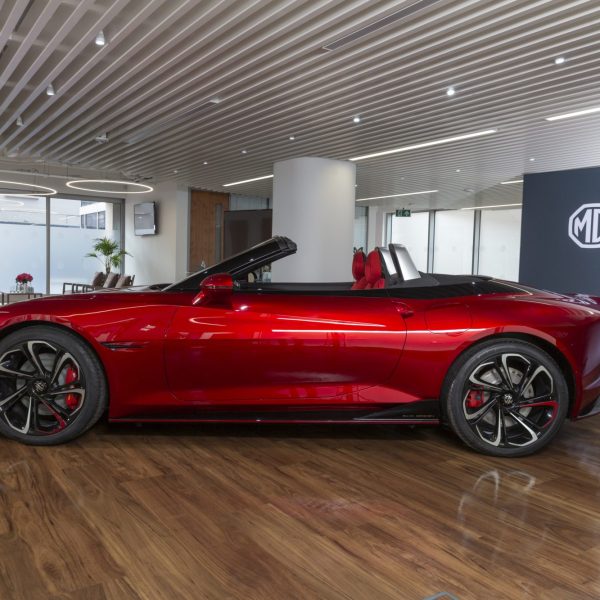
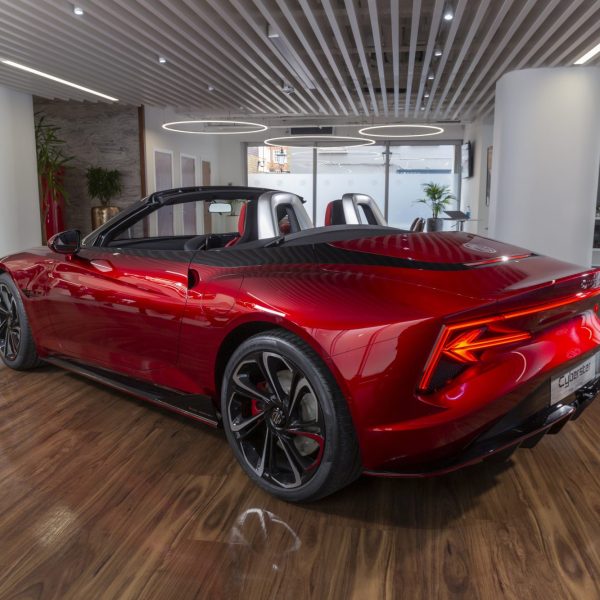

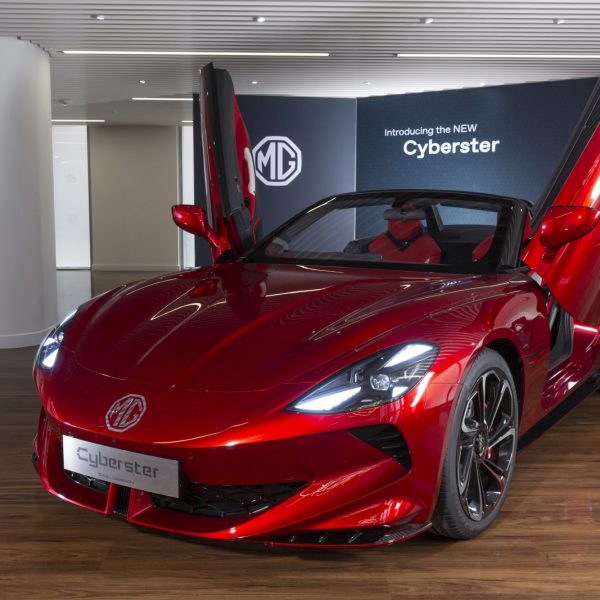
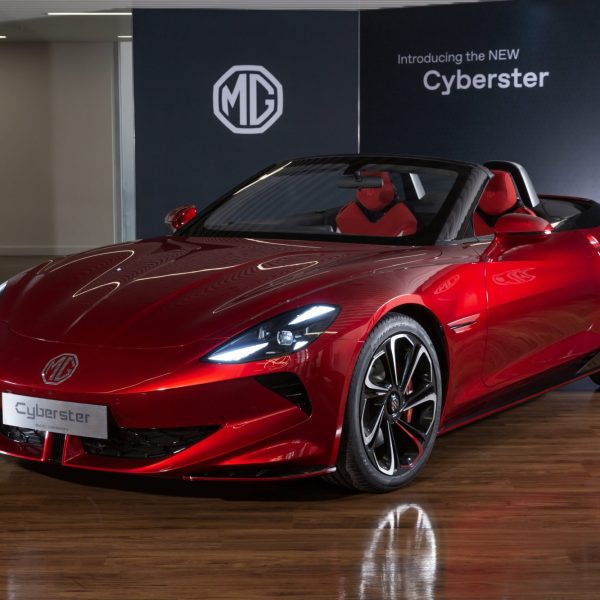
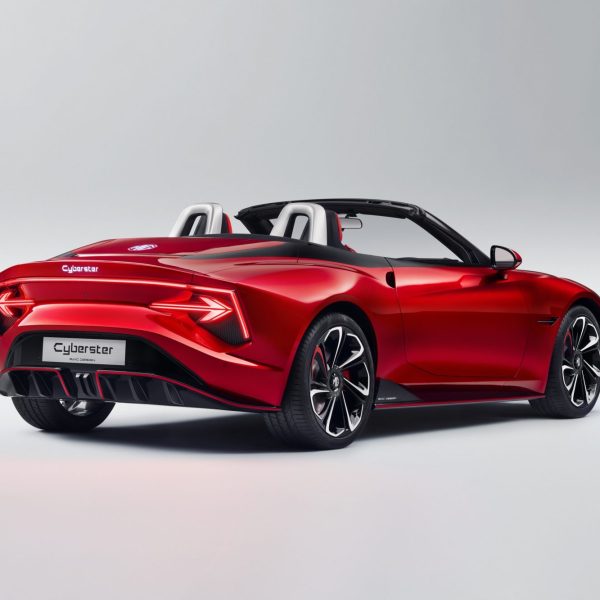

To mark the upcoming release of the Cyberster, MG has released a film which helps tell the story of the work that went into designing and creating a sports car that is set to be the very first all-electric roadster on the market.
Inspired by MGs heritage, the Cyberster has the distinctive long bonnet, a low nose, and plenty of curves. In addition to the recognisable features that indicate the car’s MG lineage, new features such as scissor doors and a Kammback rear design bring a classic design into a stylish new future.
The creation of the Cyberster marks MG’s return to sports car production. Not only does the Cyberster do this in attention-grabbing fashion, but it also brings the MG story right up to date and allows for another generation of drivers to enjoy this iconic British brand.
100 years ago, the first Bentley and, in fact, the first British car, competed in the first-ever Le Mans 24-hour race. This Bentley 3-litre has lived a storied life since that first race and has recently been sold to a British enthusiast for more than £3 million.
The sale was brokered by Kidston SA which was founded by Simon Kidston. Simon is the nephew of Glen Kidston who actually won the 1930 Le Mans race in a Bentley. It seems fitting that someone with a connection to the brand like this was involved in the sale of this special car that represents the beginning of the Bentley legend and the tradition of ‘The Bentley Boys’.
Kidston, Clement, Duff and others like Sir Tim Birkin, Dr Dudley Benjafield or one-time Bentley Chairman Woolf Barnato would become known as ‘The Bentley Boys’ for their hard-charging racing lifestyle. When speaking about ‘The Bentley Boys’, W.O Bentley, the founder of Bentley said “The public liked to imagine them living in Mayfair flats. Drinking Champagne in nightclubs, playing the horses and the Stock Exchange, and beating furiously around the racing tracks at the weekend. Of several of them, this was not such an inaccurate picture.”
The story of this car, Chassis 141, begins with Canadian World War 1 veteran (and Bentley dealer), John Duff. He drove the car at the British Double 12-hour Race at Brooklands and ended up setting 38 international records while driving the Bentley more than 2000 miles at around 86mph. After John felt that this was a successful outing, he asked W.O. Bentley to prepare the car for the debuting 24-hour endurance race that was to launch in Le Mans, France.
W.O. Bentley thought that this was a mad idea but, nonetheless, prepared the car and sent the factory test driver, Frank Clement, to co-drive for John. It was this pairing that resulted in the successful completion of the first-ever Le Mans race with a finishing position of joint 4th, along with the lap record of 66.69mph. This was all achieved in this very special Bentley that only had rear brakes and ended up running out of fuel due to stones from the unpaved track puncturing the tank!
The following year, Bentley and ‘The Bentley Boys’ returned to Le Mans but, this time, they won the 24-hour race. Bentley went on to win four successive times from 1927 to 1930 which created one of the most dominant runs in the history of the race. None of that would have happened if it hadn’t been for Chassis 141 proving to W.O. Bentley that his cars were very much capable of winning endurance races like this.
Chassis 141 and John Duff can be credited as playing a huge part in the long-term success of Bentley. If you follow the story of the brand’s success, it pretty much begins with Chassis 141!

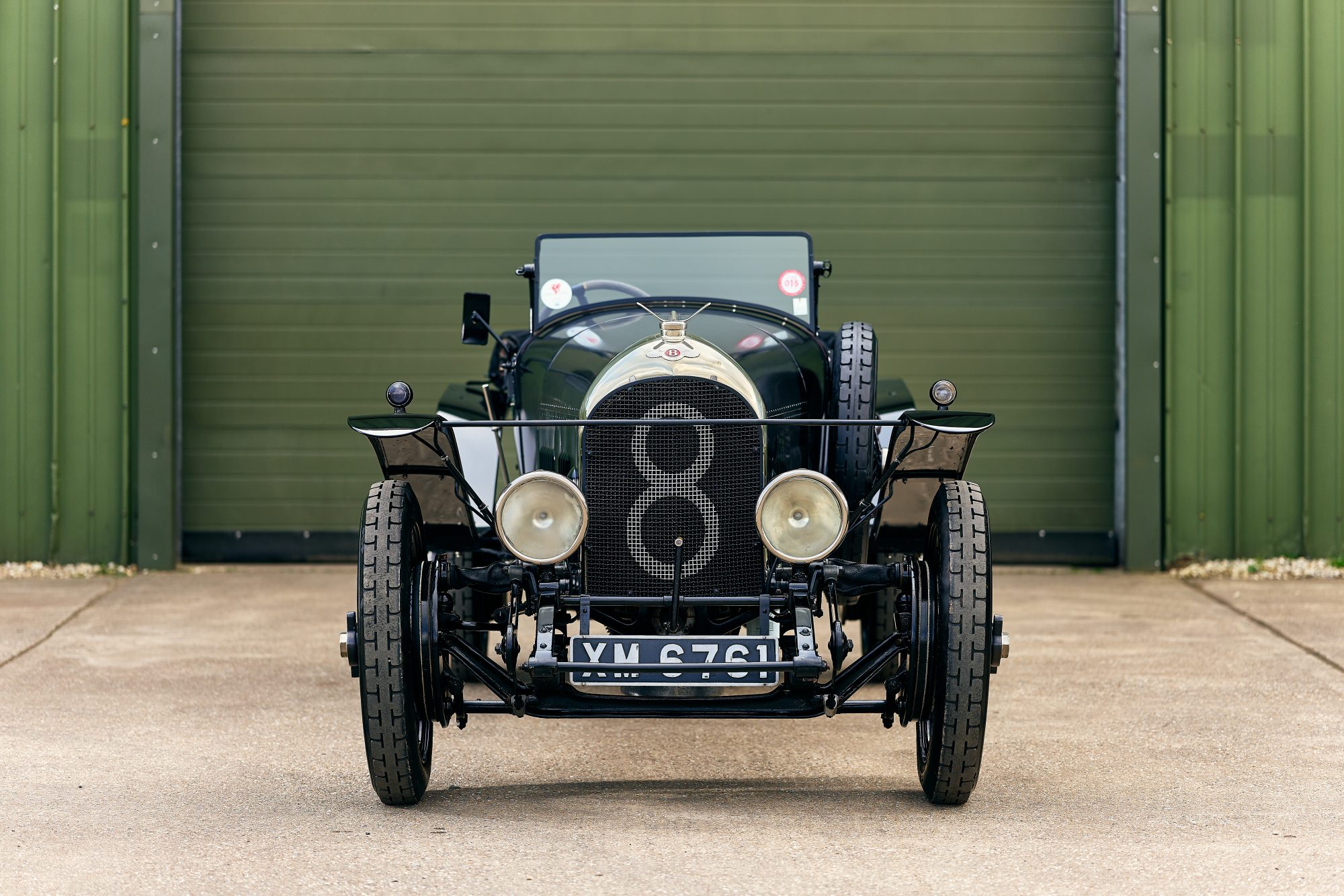

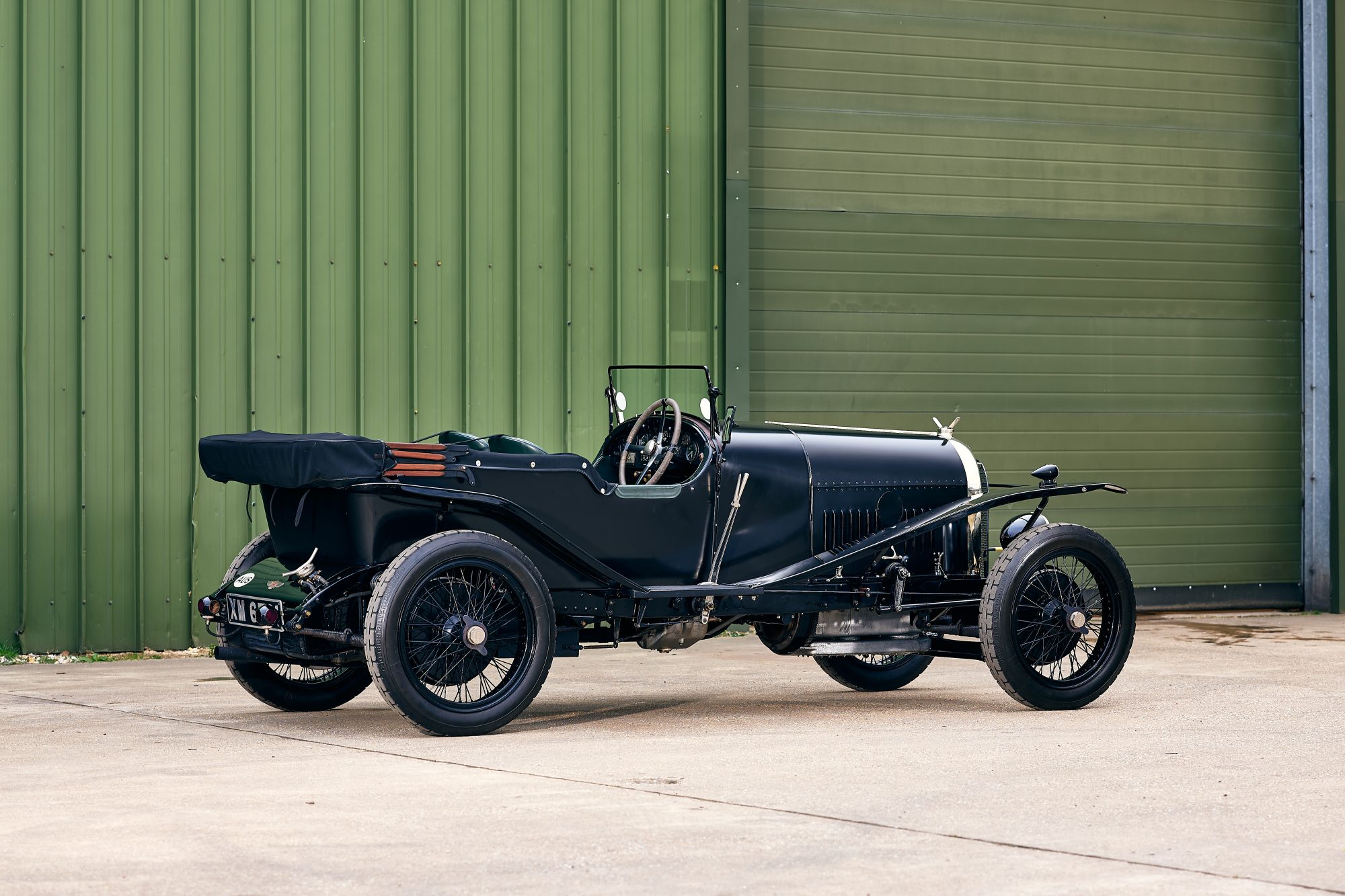
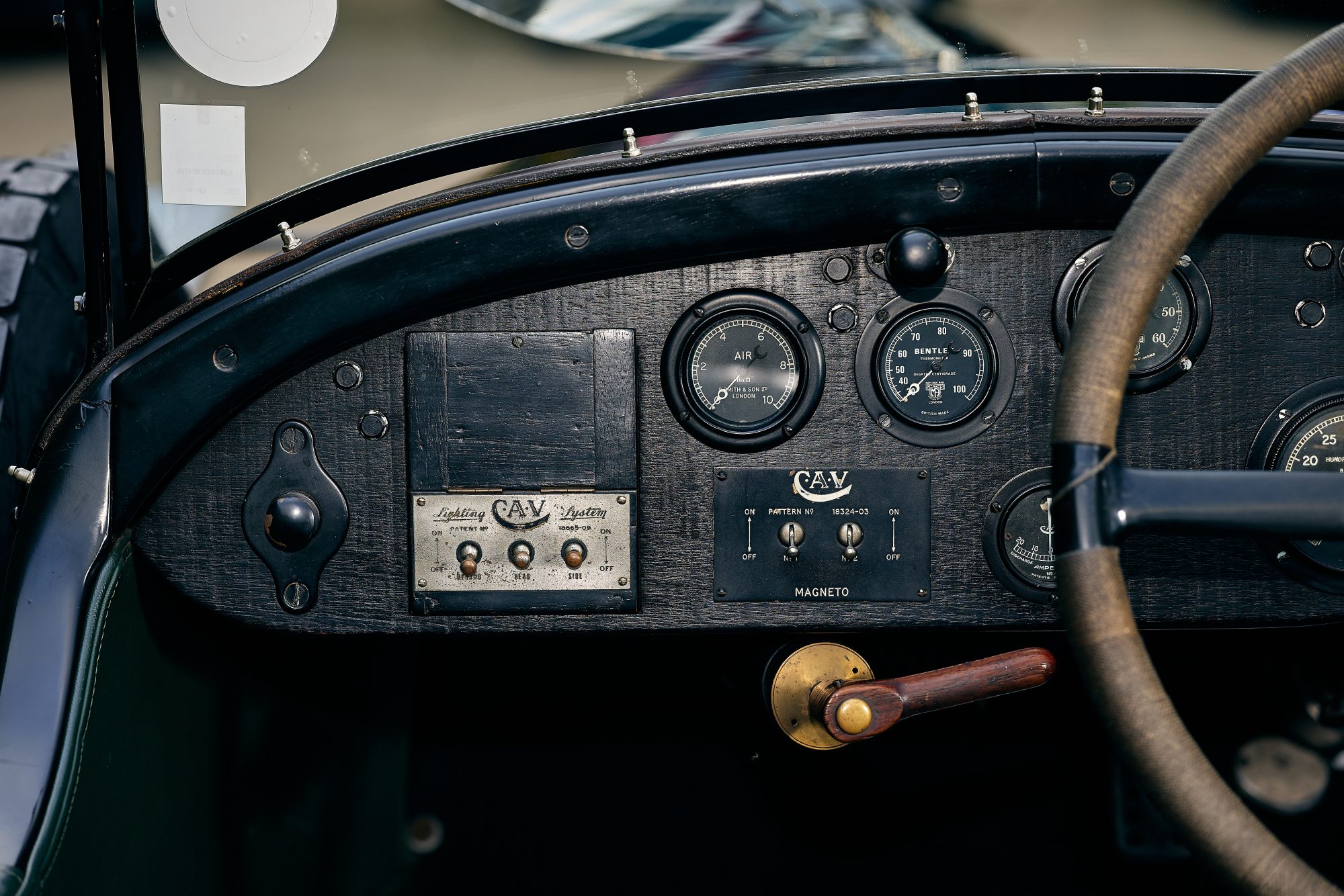
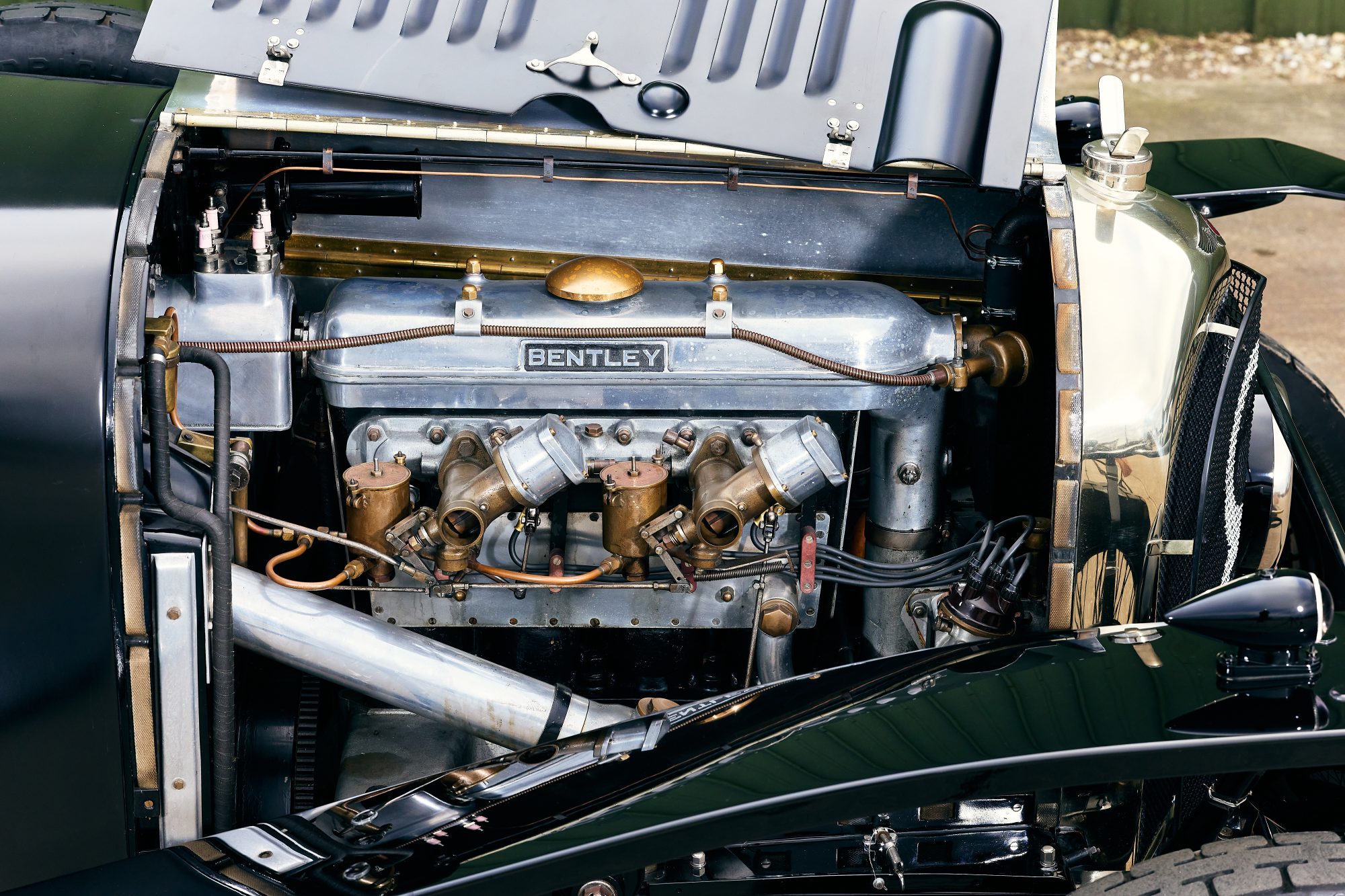
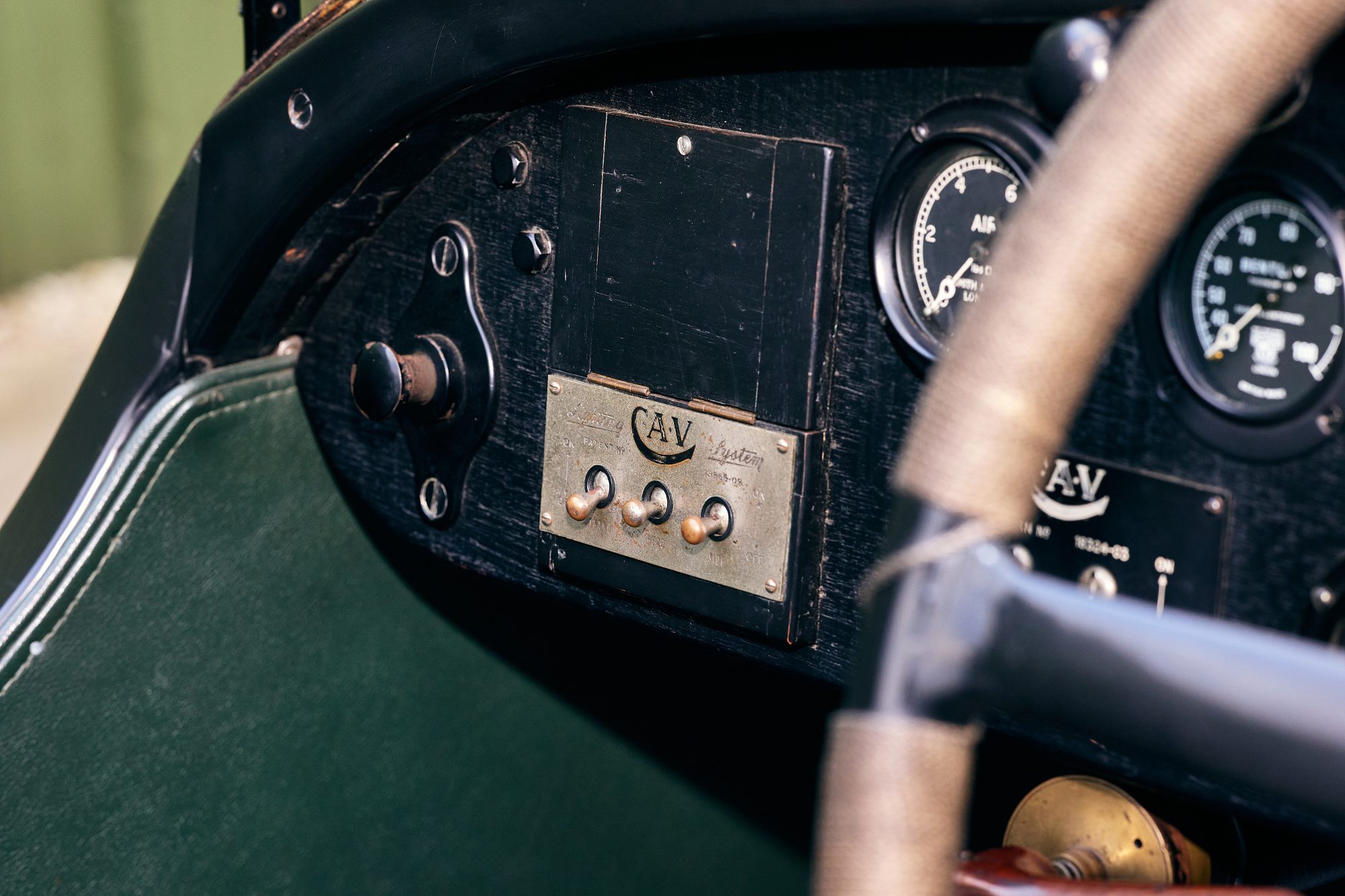
After the excitement of its racing life, Chassis 141 lived a slower life being used as a towing vehicle, an undertaker’s car, and it was even used to transport St.Bernard dogs to shows throughout the 1940s. It then disappeared until the 1980s when the owner of Donington Car Museum received a call from a 97-year-old lady saying she had 2 old cars in her barn if he wanted them.
The museum owner purchased both cars, not knowing just how special the Bentley was, so the car sat as a project for a while. It wasn’t until a motoring journalist identified it as the long-lost first Bentley to race at Le Mans that it became apparent the massively important piece of motoring history was in his possession. Eventually, Chassis 141 was sent to an Australian collector, Peter Briggs, who restored the car before making it the centrepiece of the Briggs’ York Motor Museum near Perth.
Now that it is back in Britain after a British collector became its new owner, the story of Chassis 141 has come full circle and it has come home to where it all began.


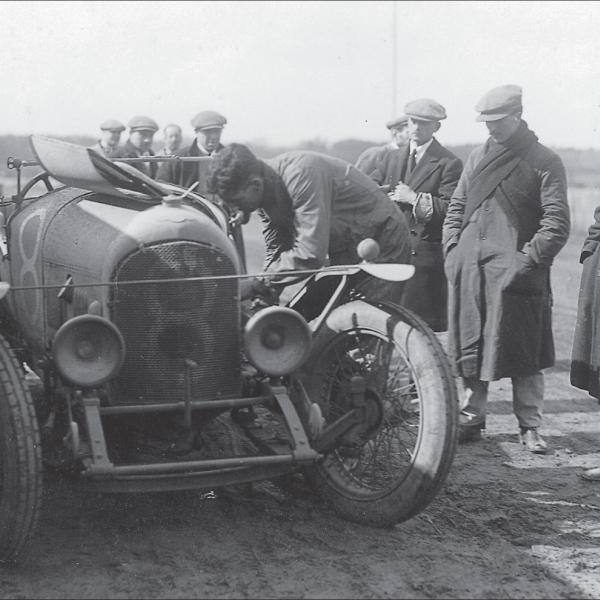
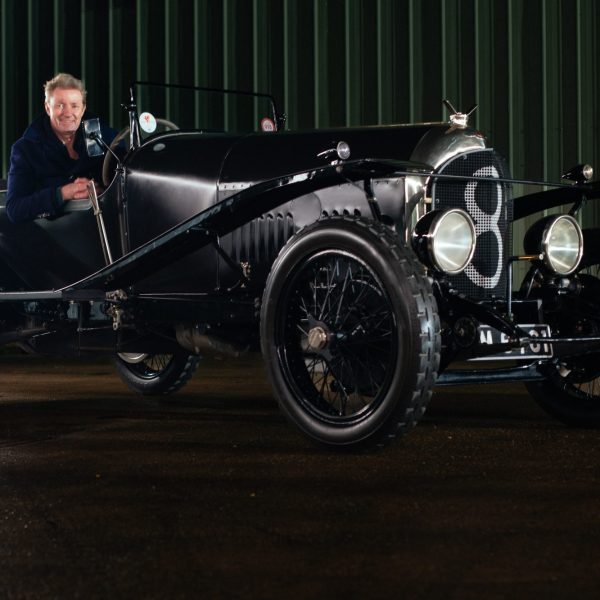


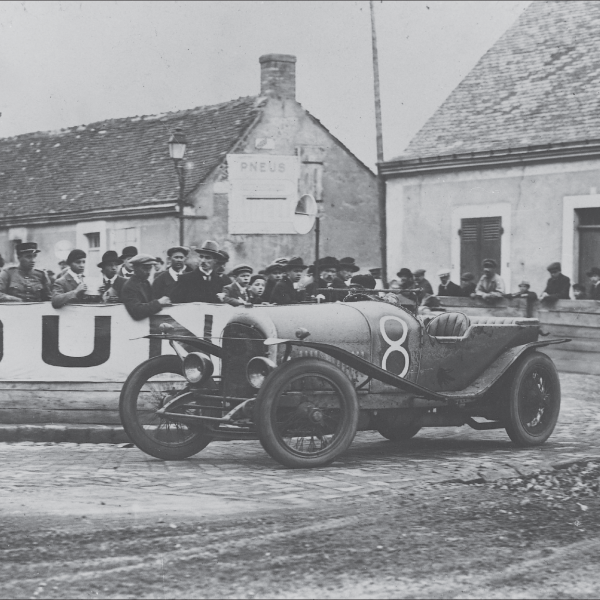
Simon Kidston said:
“This week the most famous motor race in the world celebrates its 100th birthday and its pioneering early competitors remain as intriguing as ever. This Bentley isn’t just an old car, it’s a turning point in motor racing history and a cornerstone of the Bentley legend. And personally, having inherited a family passion for cars which was accelerated by my ‘Bentley Boy’ uncle, helping to bring this Bentley home feels really satisfying. It won’t be leading a quiet life: it’ll be lining up on the grid of the Le Mans 100th anniversary race for vintage cars next month. I hope its original drivers will be looking down and smiling.”
It’s not very often that a car with as much history and as much importance to motor racing history and, indeed, to motoring history, in general, is sold. It may have come with a whopping price tag of more than £3 million but, at last, Chassis 141, will return to Le Mans and get the recognition it deserves as a true legend of motoring.
The brand-new Aston Martin DB12 is here following its unveiling last night. Being advertised as delivering a quantum shift in sporting character and dynamic capability, this marks the beginning of the next generation of the DB breed. The brand has certainly not been shy in pushing just how special they see this car being as it comes with the very powerful label of the World’s First Super Tourer.
Aston Martin say that the DB12 has been engineered to deliver exceptional performance and handling while also coming with a whole new level of luxury and style. Its chassis is perfectly matched to a class-leading 680PS/800NM V8 Twin-Turbo powertrain which has resulted in a driving experience that even the most demanding of drivers will enjoy.
Fitted with Michelin Pilot Sport 5 S tyres which have been made to Aston Martin’s precise specifications and supported by an all-new suspension system featuring the latest adaptive dampers, the DB12 delivers incredible control and driver connection. An Electronic Power Assisted Steering (EPAS) system and an Electronic Rear Differential (E-Diff) further enhance the car’s handling and agility.
A new addition to the DB line would be exciting enough, but the DB12 comes at an extra special time, as 2023 marks 110 years of Aston Martin and 75 years since the introduction of the DB family. This new generation of Aston Martin sports cars takes us into a new era for the brand and is one that will bring heightened performance, technology, style, and craftsmanship.
Roberto Fedeli, Group Chief Technology Officer of Aston Martin said of the new DB12: “DB12 is a statement car. One that asserts Aston Martin’s position as a leader in performance, dynamics, engineering and technology. We have pushed every aspect of this car to be best-in-class. The result is more power and performance than its rivals. Combined with exceptional handling and an exciting soundtrack, it is a car with passion and a truly sporting character. Crucially, thanks to its breadth of capability we have achieved this without compromising refinement, comfort and luxury. Together with our use of industry-leading dynamic control and infotainment systems, DB12 is the start of Aston Martin’s most exciting new era.”
Not much needs to be said about the performance of the DB12 as the numbers do a great job of speaking for themselves. With a 0-60mph time of 3.5 seconds, a top speed of 202mph comes from its hand-built 4-litre Twin-Turbo V8 engine. Performance has increased by 34% from its DB11 predecessor with the DB12 generating 680PS/671bhp at 6000rpm and 800Nm/590 lb-ft between 2750-6000rpm
This big jump in performance comes from modified cam profiles, optimised compression ratios, larger diameter turbochargers, and increased cooling. In fact, as there is increased thermal demand for the DB12 to deal with, the cooling system has been completely redesigned, with an additional two auxiliary coolers added to the existing central main radiator. To ensure that desired engine intake air temperatures are achieved in all conditions, an additional low-temperature radiator has been fitted to the charge cooler water circuit too.
Also, the auxiliary outboard engine oil cooler now has over double the face area of the DB11 in order to manage the demands on the lubrication circuit. A 56% increase in open apertures allows more cold air to flow into the radiators while the centrally-mounted bonnet vents allow hot air to escape.

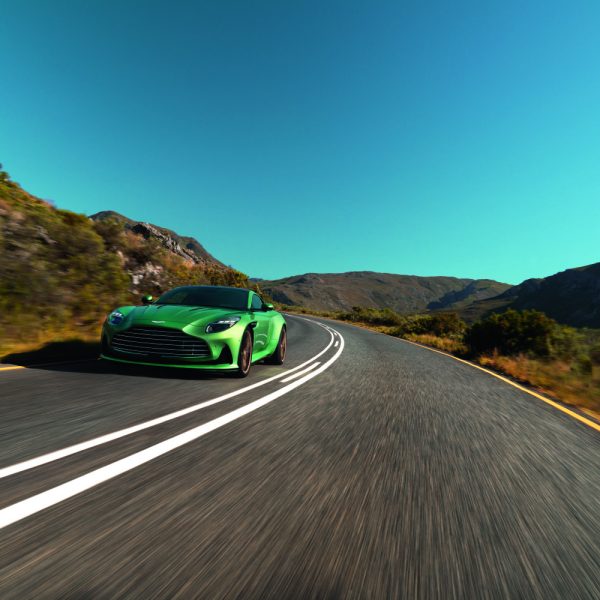

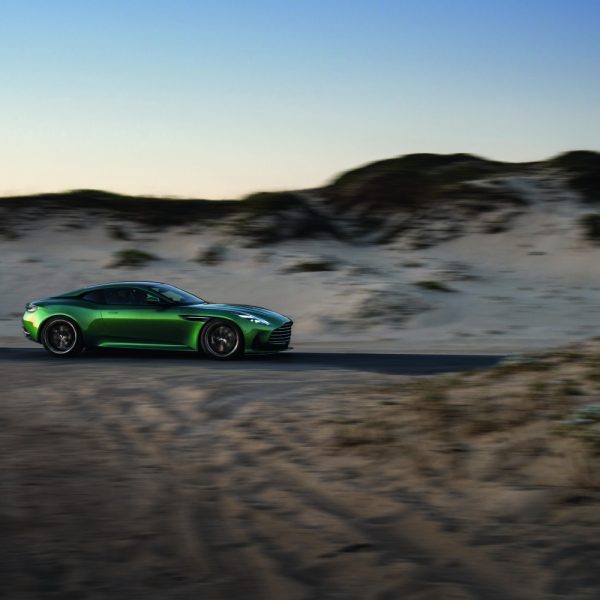
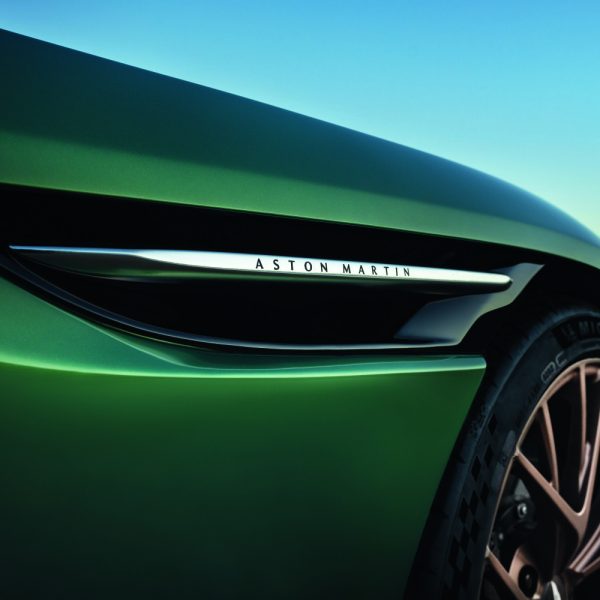
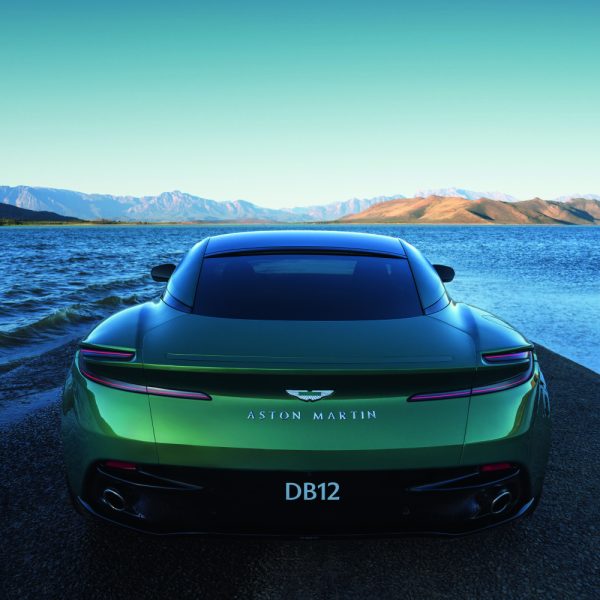

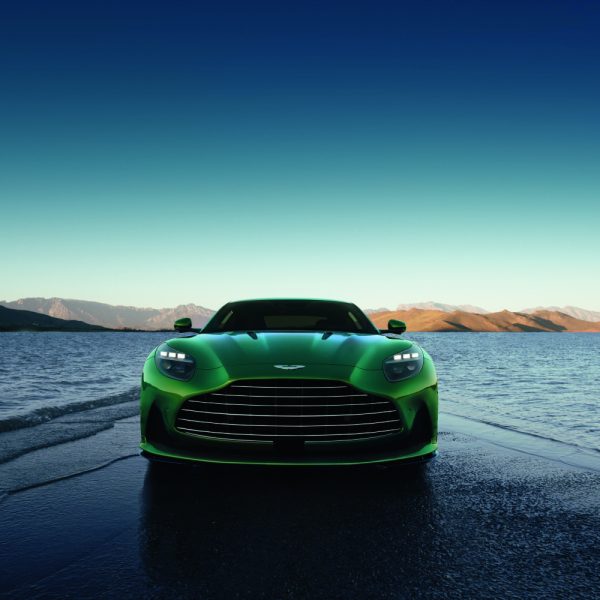

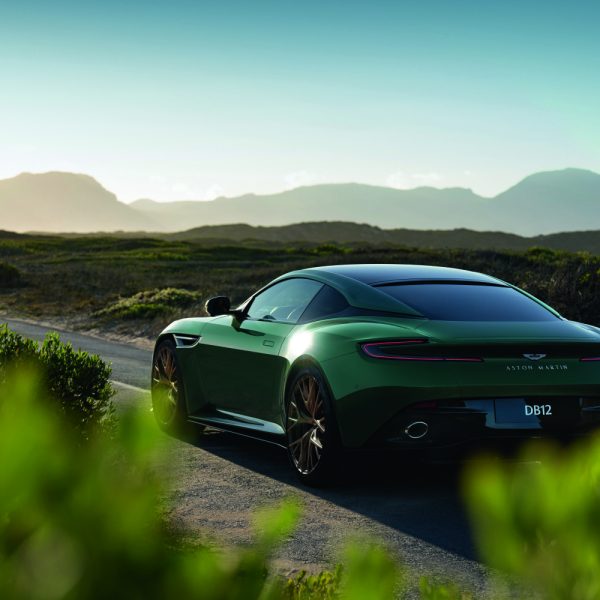
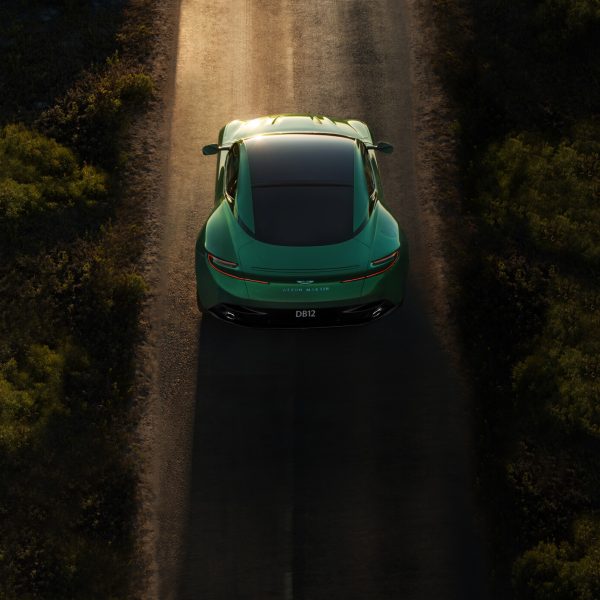

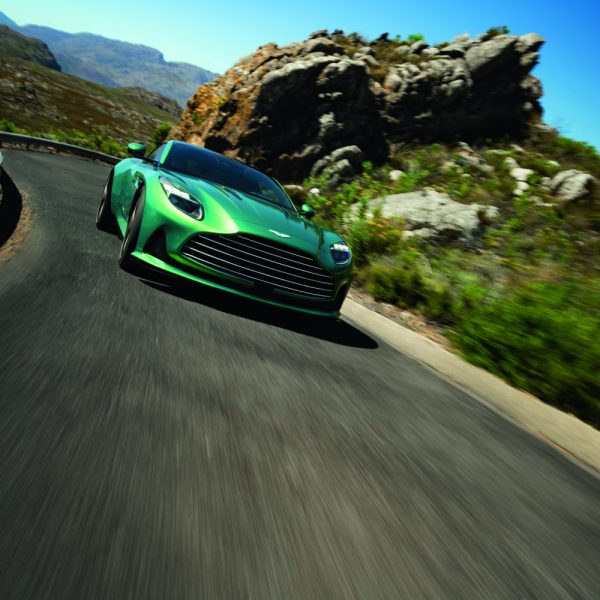
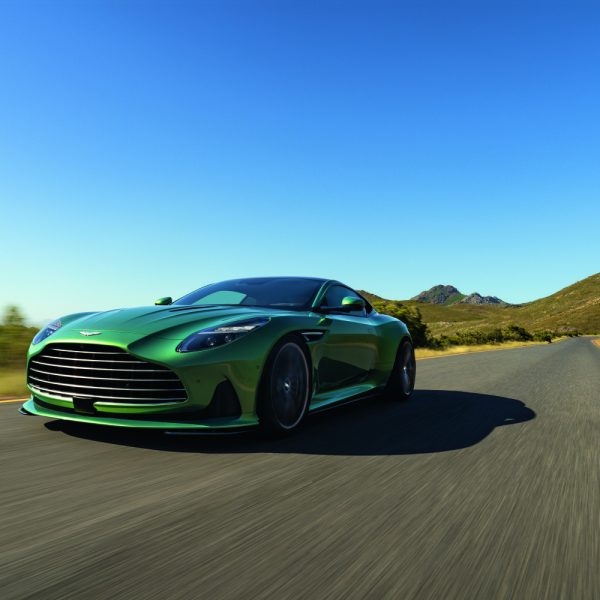
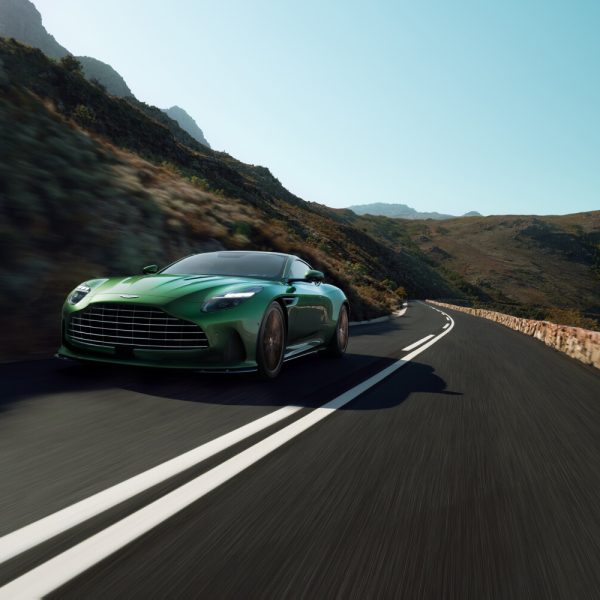
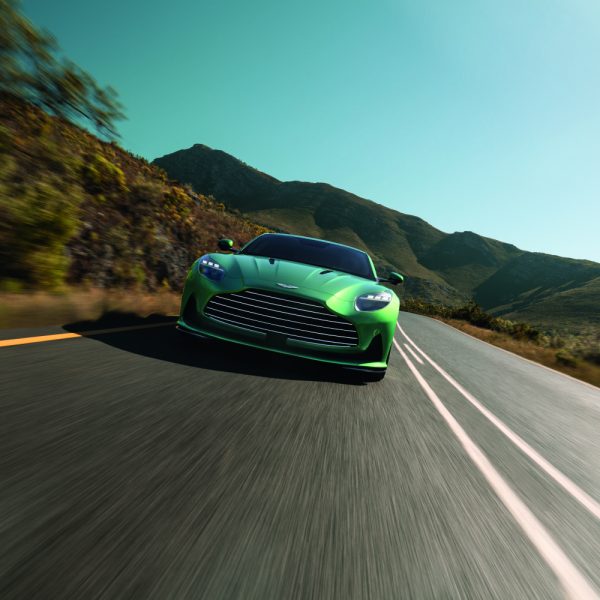
8-speed automatic transmission and an Electronic Rear Differential (the first time this has been used on a DB model), deliver the vast power that the DB12 can unleash. This E-Diff can go from being fully open to completely locked in milliseconds which makes for precise and consistent handling.
When in GT mode, the Aston Martin DB12 is comfortable and incredibly refined but, change to Sport or Sport+ mode and the car hunkers down, responds even quicker and is even tighter in its level of control. Aston Martin has put a lot of effort into making sure that, despite the DB12’s responsiveness, it doesn’t respond aggressively. Instead, the car is intuitive and allows the driver to simply enjoy being behind the wheel of this very special car.
When it comes to the brakes, the standard option is cast-iron 400mm front discs and 360mm rear discs. However, these can be upgraded to Aston’s Carbon Ceramic Brake (CCB) option. Not only does this save 27kg compared to the standard brakes, but it also increases brake performance while reducing brake fade at temperatures of up to 800°C.
The DB12 is the first to use the new Michelin Pilot Sport 5 S tyres. This wasn’t quite good enough for Aston though so you will notice the tyres are marked with ‘AML’ codes to signify that they feature a bespoke compound, and have been tuned by the dynamics team at Aston Martin. They also feature noise-cancelling polyurethane foam inserts which reduce tyre ‘hum’ transmitted to the car’s interior by 20%.
To get the very best out of the DB12, the 21-inch forged alloy wheels are 8kg lighter than the previous 20-inch versions.
The DB12 has a more muscular-looking body which is a clear nod to the power it can unleash. The front end is new and features a larger, re-shaped radiator aperture and splitter. Even the iconic Aston Martin wings badge on the nose is the latest evolution, further highlighting how the brand is moving into a new era of sports cars.
The aerodynamic profile of the car has also been improved thanks to the new smaller, and frameless wing mirrors, while the presenting door handles are the perfect way to enter the ultra-luxurious cabin.
Marek Reichman, Executive Vice President and Chief Creative Officer of Aston Martin said that the “DB12 is our design definition of a Super Tourer. Historically, the GT code among most contemporary enthusiasts meant some semblance of comfort, speed, and refinement. But since the Aston Martin customer is no ordinary motorist, and we no longer simply design objects in and of themselves, we’ve fused everything together on the DB12 — the handling, dynamics, powertrain, sense of space, and styling— and we’ve done it to the max through technology to deliver this new category of performance-design driving experience.
“We know that when the owner of an Aston Martin heads out for open-road driving at the upper limits, hoping to reach those exhilarating moments of perfection, they are seeking the thrills of speed and performance while safely commanding control of their experience. DB12 intuitively knows what the driver is wanting and effortlessly gives them that optimal combination at any driving moment. It’s this total experience that separates the DB12 as the first breed of Super Tourer”.
The latest addition to Aston Martin’s most illustrious bloodline, DB12 exemplifies the brand by boldly moving forward. That wholesale progression is reflected in the DB12’s styling, which features an all-new front-end treatment, wider stance and more muscular surfaces for increased presence. The interior has also been completely redesigned, with clean horizontal lines emphasising the sense of space and providing the perfect contemporary backdrop for new a new state-of-the-art infotainment system. Emphatically fresh yet unmistakably Aston Martin, DB12 defines the new breed of Super Tourer.”
What could be one of the most appealing offers from Aston Martin is the ability for customers to personalise their DB12 in pretty much any way they can think of. Whether a small detail is wanted all the way up to full-scale engineering and production of bespoke components, it will be possible to make your DB12 a completely unique 1-of-1 car.
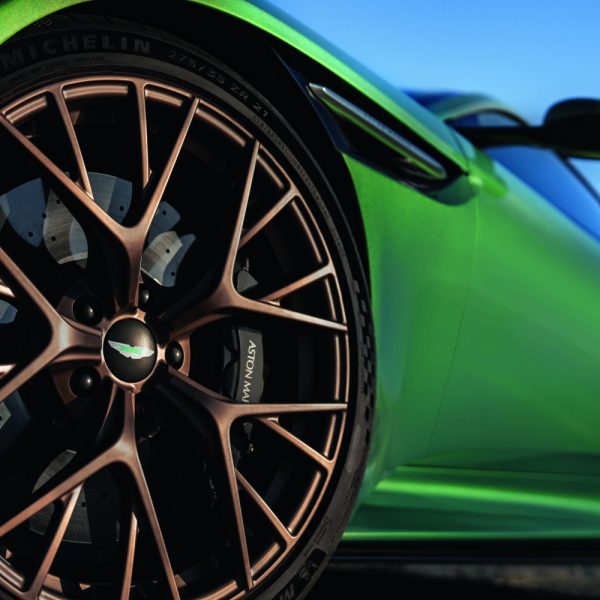
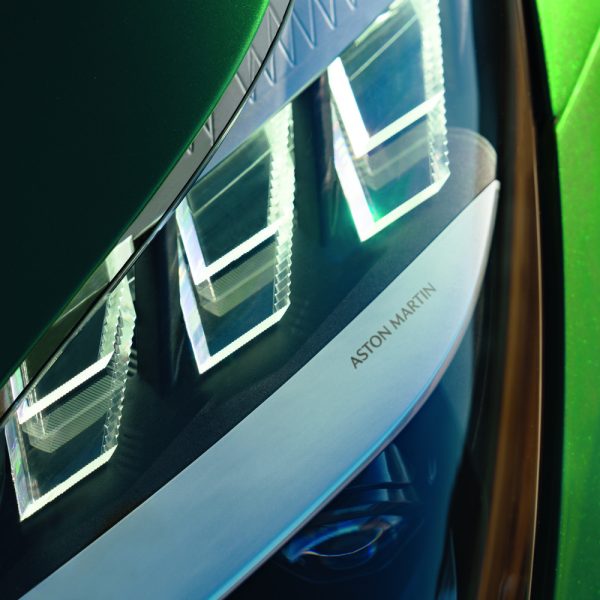

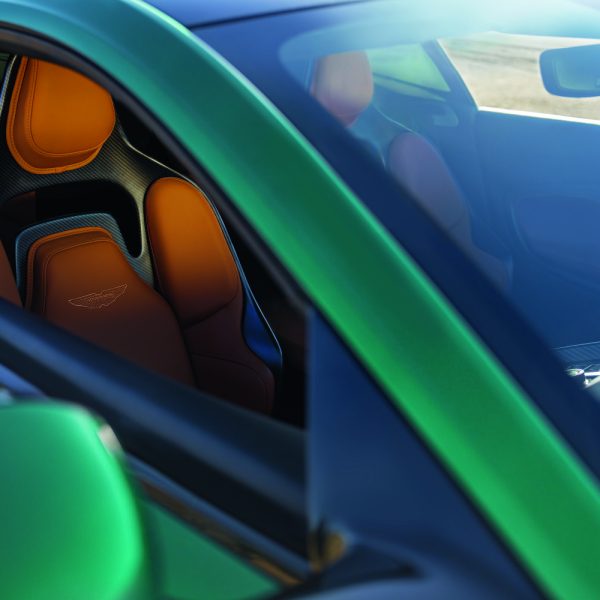
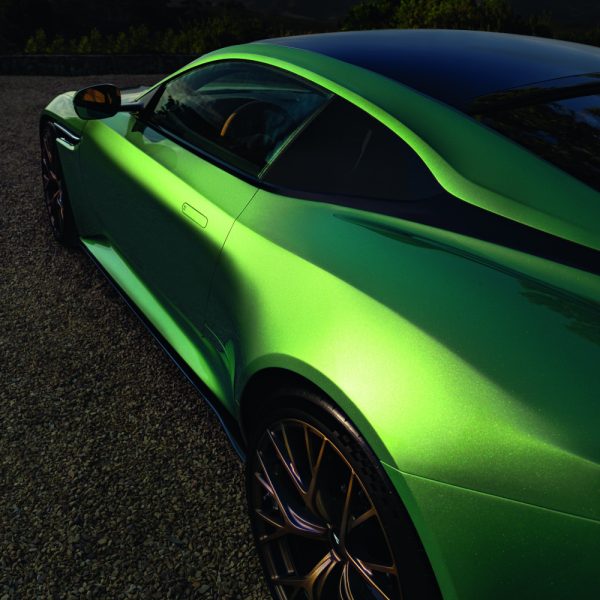
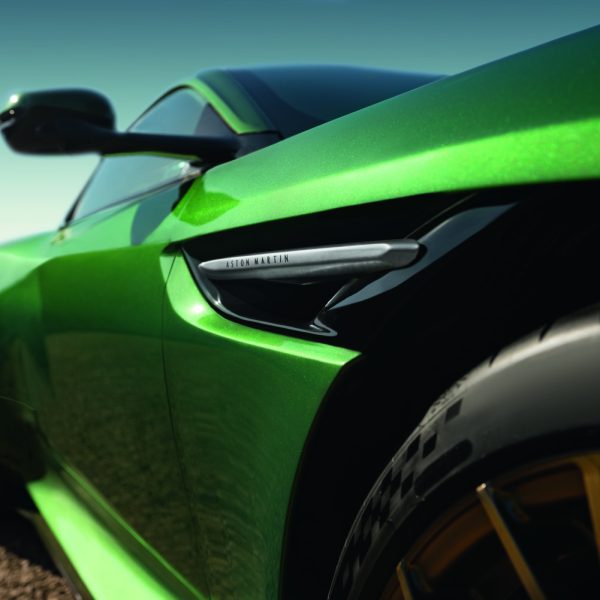
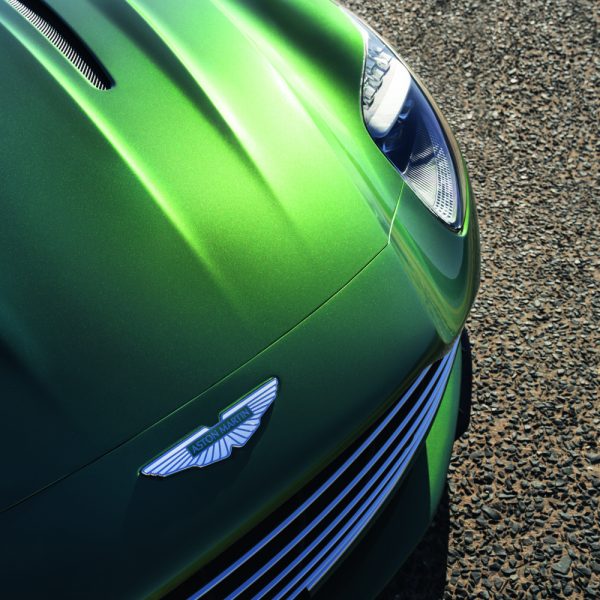
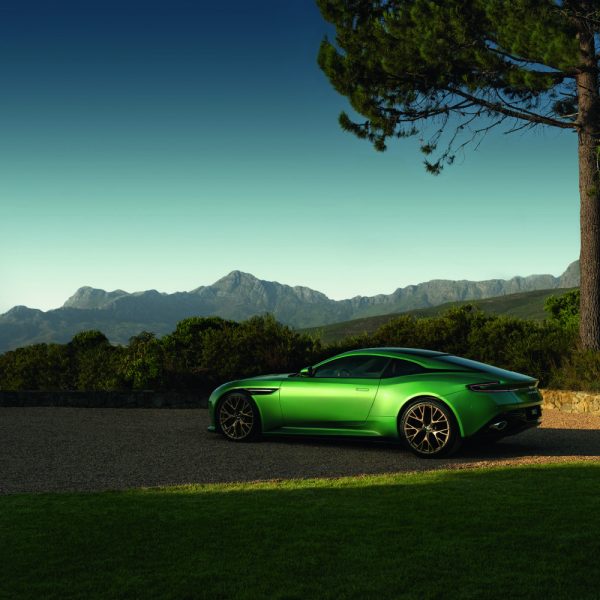
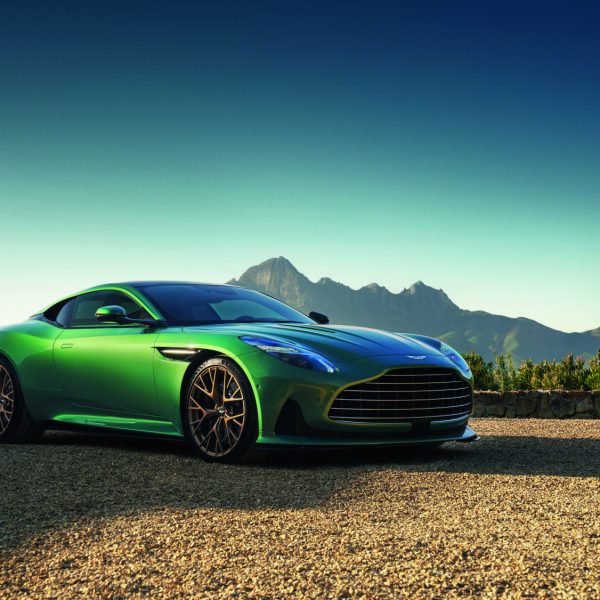

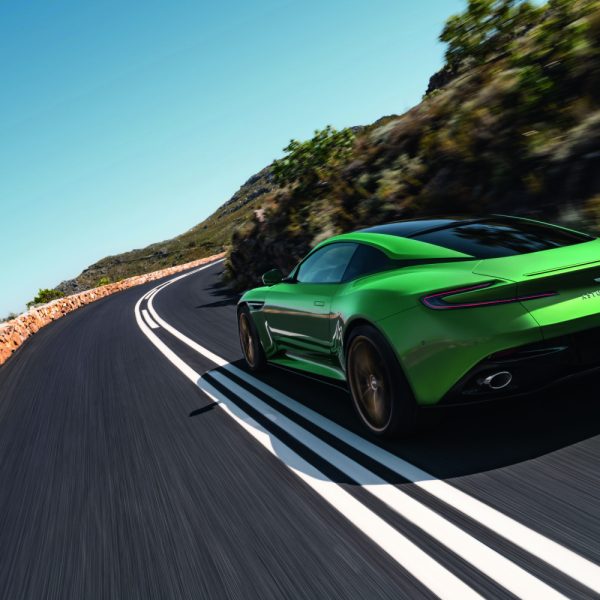
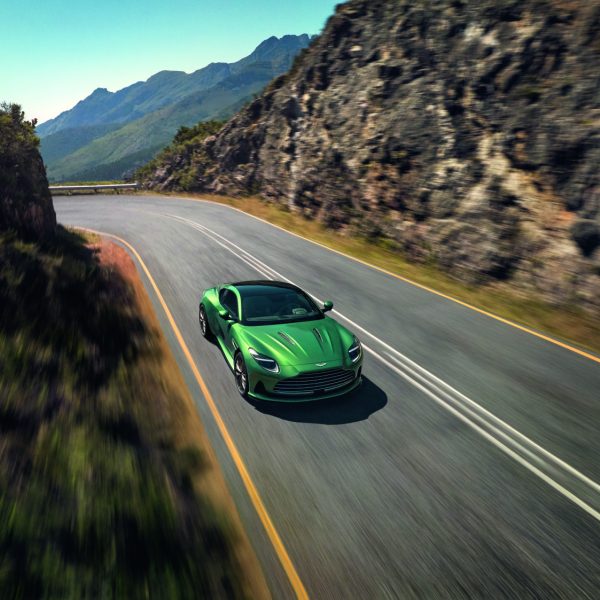
As you would expect from Aston Martin, the interior of the DB12 is something very special. It’s clean, and contemporary, and perfectly highlights the class-leading craftsmanship that the brand has become known for. Hand-stitched Bridge of Weir hides and stylish trim details create a driving environment that is meant to be enjoyed while your focus remains on getting the most out of your road trip. There are even new quilts that have been introduced with the DB12 to compliment the full leather or Alcantara interior.
The DB12 is all about evolution and moving into the next generation, so the infotainment system is entirely bespoke and has been designed and developed by Aston Martin themselves. This is actually the marque’s first in-house system and features a huge range of driving aids and entertainment options.

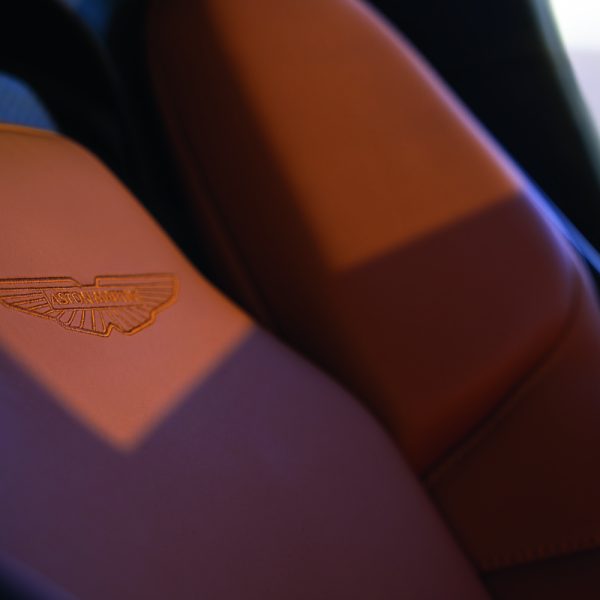

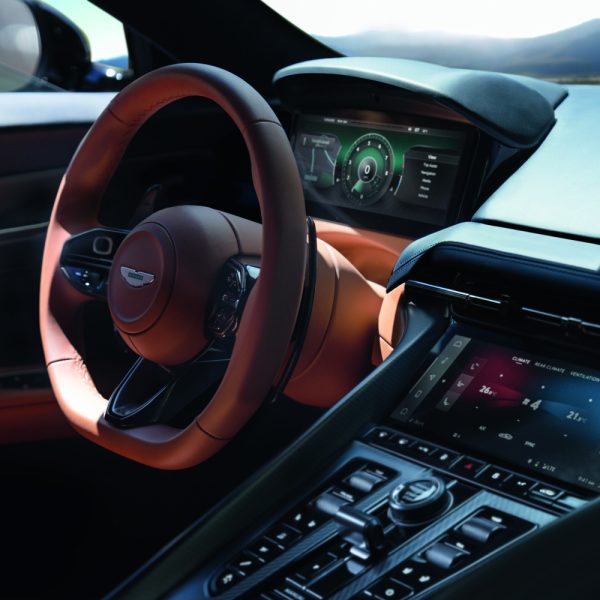
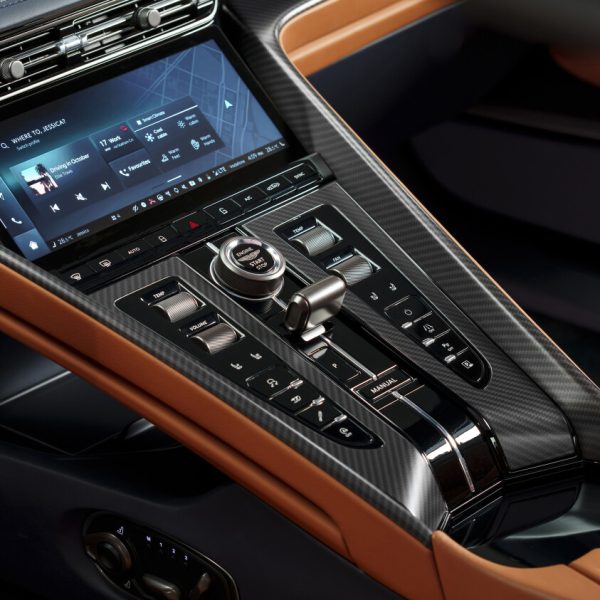



Amedeo Felisa, Chief Executive Officer of Aston Martin, said of the new DB12: “When a brand has as much history as Aston Martin it is important to honour the past. Not by looking back, but by pushing on with the same energy and passion that propelled our founders 110 years ago. With the new DB12 we are reinvigorating the DB model line and reasserting Aston Martin as a maker of truly exceptional performance sportscars. By combining class-leading performance and exceptional chassis dynamics with cutting-edge technology, impeccable craftsmanship and immaculate design, DB12 leads Aston Martin into a new era of excellence.”
First deliveries of the DB12 are scheduled to begin during Q3 of this year so we don’t have long to wait to see the World’s First Super Tourer out on the road.
Hyundai has recently made a prototype Ioniq 5 that demonstrates a rather interesting feature – the ability to drive sideways!
Coming from Hyundai Mobis, the division of the brand that focuses on parts and developing autonomous driving, the e-Corner system was installed in the special Ioniq 5 to showcase its capabilities. The system involves each wheel having its own electric motor, electronic damper, and brake and steer-by-wire controls. All of this allows each wheel to drive, stop, and turn independently. It also means that the wheel modules can be freely fitted to different body styles without taking up space in the rest of the vehicle.
As each wheel can turn and drive independently, the e-Corner system allows the vehicle to drive in some very interesting ways. For example, all the wheels can turn 90 degrees which means you can move your vehicle sideways, in and out of a space that would usually require parallel parking. The system also allows you to turn your car on the spot by swivelling the wheels outward before driving them in opposite directions.
The e-Corner technology isn’t completely new as there have been other manufacturers that have experimented with using individual wheel motors in the past. However, this is the first time that full 90-degree steering is possible.
There still aren’t too many details available for this potentially industry-changing system. So far, Hyundai has said that it could be available around 2025 but there are still some obstacles to overcome before this becomes a reality. Getting the same levels of performance that are currently offered by existing EV technology seems to be a big focus.
Something else to consider is that drivers have been able to get by with a lot less complicated systems than this. While parallel parking would, undoubtedly, be made easier, some will see the e-Corner system as nothing more than a gimmick. That being said, the turning capabilities could certainly make driving on busy or narrow roads a whole lot easier.
The silver lady may soon be totally electric powered in the form of a possible new model, the Silent Shadow.
Rolls Royce has recently released the prototype image of its new all-electric car. Whilst other brands have scrambled to produce an electric vehicle, Rolls Royce seems to have been playing it slow and steady. The new EV design may have a futuristic utopian flare but Rolls Royce has kept their signature royal boxy elegance.
This stunning Rolls Royce is set to be released to the public in 2022 and will mark the 2020’s with a flare of utopian opulence.
You can see more here

Bridge Classic Cars are award winning Classic Car Restoration and Maintenance specialists. Your pride and joy is in safe hands with our expert Classic Car Technicians. Take a look at our awards here.
We use cookies to deliver the best possible experience whilst visiting our website. By clicking "Accept All", you consent to our use of cookies, or you can manage your preferences by clicking the link below. You can manage your preferences at any time from out Cookie Policy page.